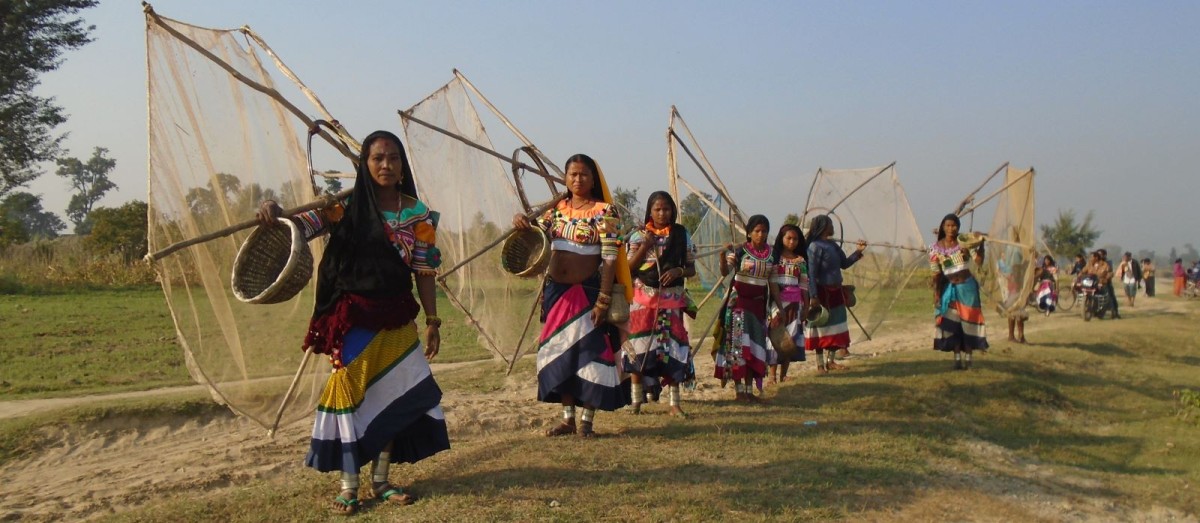
This tour is the blend of traditional villages, several Tharu tribal culture programs, several feasts, festivals and cultural events, wildlife safari in Bardia National Park by jeeps or elephant as per preference (famous for one horned rhinos and elusive Bengal tigers!), 6th century BC ruined interesting monuments in Tilaurakot, Lord Buddha’s birth place Lumbini, Majestic Annapurna, Dhaulagiri and Manaslu Himalaya ranges over 8000 meters, traditional handloom cotton factory and artistic temples in Tansen, Fishtail and Annapurna nestled beautiful lake side city Pokhara, medieval era architectural cities in Kathmandu valley and Bandipur, beautiful landscapes, farmlands, intermountain river valleys, Tamang tribal shaman's interesting group dance in Raniban Kathmandu, optional an hour thrilling flight to the Mount Everest; the highest mountain on earth.
Note: Good time for the tour is from late September to mid April.
Tharu tribes in Nepal: Over a dozen ethnic group of Tharu are Indo-Aryan Hindu people dwelling in lowland terai scattered from eastern to far western border of Nepal in the southern foothills of the Himalaya. It is said that they were the terai’s only ethnic group of people roaming in the tropical dense forest and large grasslands with their animals before 1960s. They are mainly farmers grow various food grains and keep animals for the organic fertilizers.
Origin of Tharu tribes: The origin is not clear but some people say that they migrated from Thar Desert and some say that they are the descendant of Shakya and Kolia dynasty of West Nepal near Lumbini. Rana Tharu call themselves that they are from high class Rajput family. Rana and Katharia Tharu are settled in Far West Nepal for centuries and it seems that they have no internal migration. Dangaura Tharu had famous kingdom in the Asia’s biggest intermountain valley ‘Dang’ just northwest of Lord Buddha’s birthplace Lumbini but in early 18th century after the invasion of Magar dynasty, many Dangaura Tharu migrated to Far West Nepal for the safety and survival. There is alluvial fertile soil in lowland terai with lots of wetlands where can be grown up good crops especially rice. So, year by year, for better crops and better lifestyle, most Dangaura families migrated to different of part of terai, Far West Nepal. Such movement was common till 1980s.
Present status of Tharu: Due to terrible diseases caused by mosquito bite, gnats, black water with high amount of arsenic, it was almost impossible to stay alive in terai but Tharu people resist all these. Lowland terai was the natural jail for other group of people where the criminals were left freely for punishment. When the malaria eradicated in 1980s, year by year, many mountain people from different parts of the country mainly from the nearest mountains migrated to the fertile land and occupied large grasslands, fertile river banks, even cut down dense forests and settled there. Literate and clever mountain people slowly occupied their land and made illiterate and honest Tharu people as a bonded labor called ‘Kamaiya’ for over 5 decades but now there is no more Kamaiya bonded labor system by law. Their original profession farming fall in crisis however they still have enough land for continue farming.
Tharu Festivals / celebration
Maghi Festival: Maghi is the New Year festival of Tharu tribes falls in Mid-January. This is considered one of the most important festivals in the societies and celebrated especially 1st day of Nepali month ‘Magh’ but celebration continues for about a month of their new year. Singing, dancing, acting related to stories of the biggest Hindu Epic Mahabharat take place in the societies in day and night. We see them really colorful in traditional outfits.
HOLI Festival: Holi is the festival of colors falls in March and celebrated throughout the country, 1st day in the mountain and 2nd day in terai region. The victory of Lord Krishna over a giant lady demon Putana, it’s celebrated in all Hindu societies. Tharu people, the strong devotees of Lord Krishna and Pandava, celebrate the festival for about a week. During this festival, Tharu unmarried girls called ‘Bathania’ have freedom to wander here and there in their societies to find good husband. They perform lots of dances related to Lord Krishna’s lifestyle.
During festival time, they look really colorful in traditional getup. They prepare lots of typical tribal dishes and meal is served in leaf plate of Saal Tree. Homemade liquor ‘Raksi’ and beer ‘Jaand’ are also served almost everyday particularly during festivals.
Bhajahar event: Bhajahar, the interesting event in completion of rice harvesting falls in November. The whole societies go to the river bank, set up the temporary picnic camps for about a week, prepare traditional typical meals and perform lots of ritual and regular tribal singing and dancing which is very interesting.
Janmastami: Janmastami, also called ‘SriKrishna Janmastami’ is the birthday of Lord Krishna, one of incarnations of Lord Vishnu. He incarnated as Lord Krishna to save gods, goddesses and human being from a powerful demon king ‘Kansha’ who was blessed by Lord Brahma, the creator. Lord Krishna was born as a simple human baby in the jail but He killed many giant demons even in childhood. He spent childhood as a shepherd with his friends called ‘Gopala (males)’ and Gopini (females). The festival falls in August and celebrated with great splendor and He is worshipped at homes and Krishna temples. This festival falls in August.
Dashain Festival: Dashain is the biggest festival of Nepal falls in September-October as per the lunar calendar and celebrated for 15 days throughout the country. Lots of male animals are sacrificed mostly in the temples of Goddess Durga and at homes during this festival in each and every society. Tharu people also sacrifice pig, goat, sheep, duck and rooster. They have lots of interesting ritual activities performed during the festival.
Tihar Festival: Tihar, festival of lights, very important and 2nd biggest festival of Nepal falls in October-November as per the lunar calendar. This 5 day festival is also recognized as Deepawali, Deewali and Yama Panchak. Almost every house in countryside looks well-scrubbed with red clay mixed with cow dung and the houses in urban area well painted and decorated with multi-colored light trimmings. Oil lamps and electric light trimmings look amazingly breathtaking with its colorful and attractive decorations. Dogs, crows, cows, and bulls are honored, Maha Laxmi the goddess of wealth is worshipped and brothers are honored and blessed by sisters. Deusi Bhailo sing and dance during the festival is quite popular in all societies. It’s interesting in Tharu society.
Fix departure dates for the tour / Tour starting dates during festivals and culture events
|
Date/festival |
Maghi |
Lhosar |
Shivaratri |
Holi |
Dashain |
Tihar |
Tourism Fair |
|
2023 |
|
|
|
|
Oct 20 |
Nov 10 |
Dec 7 |
|
2024 |
Jan 13 |
Feb 10 |
Mar 7 |
Mar 23 |
Oct 9 |
Oct 30 |
Dec 6 |
|
2025 |
Jan 12 |
Jan 30 |
Feb 25 |
Mar 12 |
Sept 28 |
Oct 18 |
Dec 6 |
List of important festivals and events 2023-2025
|
SN |
Name of festival |
Festival date 2023 |
Festival date 2024 |
Festival date 2025 |
Performed in |
|
1 |
Maghi |
|
January 15 |
January 14 |
Tharu tribes’ new year festival in Tharu villages |
|
2 |
Lhosar festival |
|
February 10 |
January 30 |
Sherpa tribal’s new year festival in Kathmandu and eastern Nepal |
|
3 |
Shivaratri festival |
|
March 8 |
February 26 |
Pashupatinath, Behedababa Temple and all Shiva Temples |
|
4 |
Holi; the color festival |
|
March 24-27 |
March 13-16 |
Tharu villages and throughout the country |
|
5 |
Dashain, biggest festival |
October 21- 24 |
October 10-13 |
Sept 29 - Oct 2 |
October 21Fulpati - 24 Tharu villages and throughout the country |
|
6 |
Tihar |
November 12 - 15 |
November 1-3 |
October 20-23 |
Tharu villages and throughout the co |
However we organize all culture programs any day that are performed during the festivals. So you have flexibility to plan the tour any time, any date from September to mid-April other than the festival dates.
Climate in terai: Mid-September to mid-April, the climate in terai is comfortable (temperature: 100C to maximum 330C). Immediately after monsoon (monsoon season is from mid-June to mid-September), the weather seems very clear and pleasant. Mid-September to mid-April; the weather is much comfortable. During winter (mid- December to January), mornings are foggy mostly along the river valleys but it is clear after 9-10am. Sometimes some days there is all day foggy weather and rarely rain in winter but it seems ok. May to August, tour seems not suitable due to hot humid climate, mosquito bite and flooding.
Brief itinerary (the tour starts and ends in Kathmandu)
Day01: Arrive Kathmandu, sightseeing in Kathmandu valley, 5* hotel
Day02: Sightseeing in Kathmandu, fly to Dhangadhi, observe agro-market, 3* hotel
Day03: Behedababa Temple, Dangaura Tharu village tour, culture program & lifestyle, 3* hotel.
Day04: Rana Tharu village tour, observe culture programs, explore their lifestyle, 3* hotel.
Day05: Katharia Tharu village tour & culture programs, 3* category hotel
Day06: Wildlife safari in Bardia National Park, drive to Kohalpur, 5* hotel.
Day07: Kohalpur - 6th century BC ruined monuments in Tilaurakot - Lumbini, 5* hotel.
Day08: Explore Lord Buddha’s birthplace in Lumbini, 5* hotel.
Day09: Lumbini - Tansen, explore hilly town of traditional cotton factory & artistic shrines, 3* category hotel.
Day10: Scenic drive to Pokhara, 4* hotel.
Day11: Visit Bindhyabasini Temple, Mahendra Cave, World Peace Pagoda, David Falls, Tal Barahi Temple island, evening hymn & sacred oil lamps offerings at Tal Barahi. 3* hotel.
Day12: Drive to Kathmandu, free afternoon, 5* hotel.
Day13: Explore Bhaktapur and Patan, Jhakri dance & farewell performance in Raniban, 5* hotel.
Day14: Fly back home
Detailed itinerary
Day 01: Arrive Kathmandu, transfer to hotel/ Sightseeing in Kathmandu
Upon arrival at the airport, after completing the visa formalities, meet local representative and transfer to hotel by private bus. Check in hotel, relax till noon, have lunch and in the rest of the day, we can begin to discover this incredible city.
Leave hotel around noon, drive to Kathmandu Durbar Square. Kathmandu is an open-air museum and although in recent years it has changed a lot, with a myriad of buildings without any style, it has become noisy, chaotic and with a lot of pollution, it has not lost its ancient charm and if when we are at Durbar Square we think only to immerse ourselves in its magical atmosphere, we will be able to forget all the negative aspects of this city. The city is located at 1,340masl and is situated in a central position with respect to the valley that dominates, more in the distance, around the valley, dozens of mountains more than 6000m high that form the Himalayan chain. The city can be visited in different ways, but the ideal is to discover it on foot.
In the heart of the old city: the Durbar, that is "the square of the royal court", where it seems to go back in time. In the Durbar square, there are more than fifty temples and monuments and among these stands the magnificent Temple of Taleju, which houses the deity of the royal family and which is possible to visit only externally. Its three roofs are covered with gilded copper and a series of jingling bells makes the atmosphere even more magical. It was built by King Mahendra Malla between 1549 and 1596 and dedicated to the Goddess Taleju Bhawani. The Kasthamandap, whose name means "wooden house", was built in the 12th century and it was King Laxmi Nar Singh Malla who wanted its construction with the wood of a single "sal" tree. Initially ceremonies were held in the building and it was the meeting place of the foreigners who participated in it and only later was it dedicated to Gorakhnath but due to 2015 earthquake, some of the monuments including this are totally collapsed. Behind this building is the tiny temple of Ashok Binayak, also known as Maru Ganesh, a deity much loved by the Nepalese, the elephant-headed god. Returning further to the square is the Temple of Shiva. Still in the square, the old Royal Palace, the Hanuman Dhoka (the monkey god) who was built in the 17th century by King Pratap Malla, although over the years they have been made several improvements and additions. Near the square, the Kumari Temple palace, a monastic building built in the mid-18th century and a masterpiece of Newari art, with richly carved wooden windows. Here lives the living goddess, or Kumari, incarnation of Taleju Bhawani, the protective goddess of the royal family, manifestation of Goddess Durga.
Drive back to Kalimati Vegetable and fruit market, observe it. Drive to Swoyambhunath, the monkey temple where can be seen poor skinny monkeys everywhere. It is a beautiful forested holy hill in the middle of the Kathmandu city with numerous Buddhist stupas, prayer wheels and flags, handicraft shops and thanka paintings. It also provides beautiful view of Kathmandu valley and valley rim in the horizon in the evening time. Drive back to hotel. Dinner and overnight.
Day02: Sightseeing in Kathmandu, fly to Dhangadhi
After breakfast, check out hotel, we spend a few more hours discovering Kathmandu, before moving to the airport for flying to Dhangadhi. Upon our arrival in Dangadhi, transfer to hotel. Short tour to nearby market. Dinner and overnight.
We visit the following monuments before the flight.
Bouddhanath Stupa: In this place you can breathe the air of Tibet, because in the area lives the largest Tibetan community of Nepal, of which motions, have come here following the invasion of their country by China. The origins of this stupa are still unknown although it appears to have been built in the sixth century, at the time of the Tibetan king Srongsten Gompa, who had converted to Buddhism after marrying two wives, one Chinese and one Nepalese, both of Buddhist faith. It is the majestic largest stupa in Nepal. It was collapsed in 2015 earthquake but it’s rapidly rebuilt within 2 years in its original shape and size. Around the great stupa, many monasteries and shops have sprung up and every day dozens of faithful walk around its perimeter in a clockwise direction. The large white cap is often streaked with yellow / orange: it is the saffron powder thrown by the faithful as an act of devotion in honor of Buddha. Have lunch in Bouddhanath.
Pashpatinath: Then we visit Pashupatinath, the most important Hindu temple in the country, dedicated to one of the manifestations of Lord Shiva, Pashupatinath, a shepherd of animals, men and a symbol of fertility. The temple stands on the bank of the Bagmati river (born from the mouth of Shiva), where cremations take place. In the complex there is the Golden Temple, one of the most sacred temples of Nepal, whose access is allowed only to Hindus. Around the temple premises, there are hundreds of shrines built up in different dates from 5th century to the present. Drive to airport. In a clear day, sky soaring beautiful Himalaya panorama is seen from the right window seats of the plane.
Day03: Behedababa Temple, Dangaura Tharu village & culture program
After having breakfast, leave hotel for the day tour, drive to Rampur Dangaura Tharu village (50km road with about an hour drive).
Drive to Behedababa Temple premises. Many pilgrims from all parts of the region, Kathmandu and northern part of India visit this holy land to make their wish successful. Aunsi (dark fortnight) and Purnima (full moon) fairs are celebrated twice a month. Every year, there are very interesting three major festivals- Ganga Dashara Mela during June, Beheda Baba Mela during August and Maghi Mela in mid-January. After visiting this holy shrine, we drive back to Rampur Dangaura Tharu village.
The group will be greeted with very interesting culture performance. Explore their typical village where you will see traditional clay dung plastered houses made up of mud and hay. The thermal air conditioned houses have tiny windows for the light whereas the clay tile roofs are well ventilator. The outer walls of the houses are embossed with animals, birds and flowers figures. Clay horse representing their GOD placed in a separate hut just front of the house is really wonderful. Agro and forest based handmade household products handing in the roofs and walls look very interesting. Shed for cow, sheep, buffalos and pig attached with the houses is another attraction. This is the most traditional and dense Dangaura Tharu village with over 60 households. We will walk through village to observe their typical lifestyle, watch their interesting activities. Boys and girls perform several dances separate and together in their traditional outfits. Tharuni (Tharu women) look so beautiful in their traditional outfits and ornaments.
Near the village there are lotus blooming 2 beautiful natural lakes where Dangaura people will show their way of fishing. Interested people can go for fishing and boating there. Drive back to hotel. Dinner and overnight.
Day04: Rana Tharu village tour and culture programs:
Today, the day is dedicated to the discovery of the Rana Tharu culture. After having breakfast, drive to Rana Tharu village. Arrive the village inhabited by the ethnicity of Rana Tharu to discover together their traditions and to watch their dances and to discover their particular fishing system. In each village there is an official called Mahato/Badghar whose job it is to maintain the law and order. He is in effect the head of the village. In the village we will be able to observe their mud-built dwellings. The external walls are decorated in relief with images of animals and flowers. The clay horses represent their divinity and are placed in separate huts in front of their home. Products of the forest and vegetable gardens are hung to dry under the roofs of the houses.
Rana Tharu culture programs: Welcome dance, Sakhiya Dance -girls and boys dance, Jato- traditional grinding mill, lunch serving to the farm field, their way of cooking, working in farm field, typical outfits, jute rope making, basket craft, wall painting, fishing… Drive back to hotel. Dinner and overnight.
Day05: Dhangadhi-Katharia culture program- Chisapani, 100km, approx. 3 hour drive
Have breakfast, drive to Ghodaghodi Lake where we see Shiva Temple, statue of monkey God Hanuman, some shrines, sadhu. Ghodaghodi Shiva temple is famous for wedding ceremonies especially in February to April, September, November and December. Religious and cultural events are organized all year round. We can observe migratory birds; goose, crane and some wetland species in the lake.
Drive to Katharia Tharu tribal village to watch their dances in traditional costumes. The ethnicity of the Katharia Tharu has many features in common, regarding the clothing and architecture of the houses. According to researcher Krauskopff, the Katharia are divided into two "subgroups", the Pachala and the Purbyas. As for all the Tharus, also for the Katharia, the fishing activity plays a very important role, even if the techniques used differ a lot from group to group. They build their houses using the clay mixed with water and the interior walls are decorated with figures representing the life of Lord Krishna, mentioned in the Hindu epic poem, the Mahabharata, while the external walls are engraved both with figures symbolizing prosperity and pleasure, both with subjects like the elephant, the peacock and the lotus flower. Inside the houses there are also particular terracotta granaries, also masterfully decorated. Even the costumes worn by Katharia women have a special charm.
Program to be observed in Katharia Tharu village: Welcome dance, Gopi-Gopini Dance -girls and boys dance related to Lord Krishna and his male & female friends, Guruwa Dance- Shamans’ performance, Katharia Tharu’s way of cooking, Jaand Chhanne -fermenting homemade beer, Raksi Bhatti -traditional distillery/homemade alcohol, Jato- traditional grinding mill/flour mill, farming/harvesting crop, typical outfits, basket craft, wall paintings. Drive continue to Chisapani, at the bank of Karnali River; the longest river of Nepal. Check in hotel. Dinner and overnight.
Day06: Chisapani - wildlife safari in Bardia National Park - Kohalpur, 100km, 3 hour
After having breakfast, drive to Thakurdwara through Bardia National Park. Arrive Thakurdwara, professional local jungle guide with pack lunch joins jungle safari and quietly stop at hotspots to see wildlife like wild rhinos, elephants and elusive Bengal tigers. If you are very lucky you can see Bengal tigers too. Drive back to the Highway. You can see huge crocodiles lying in the sandy bank of Babai River. Drive to Kohalpur through Bardiya National Park, settlements and farm-fields. Dinner and overnight in hotel.
Day07: Drive to Lumbini via Tilaurakot / approx 250km, approx. 7 hour drive
After having breakfast, drive to Tilaurakot, explore 6th century BC ruined archeological sites of Shakya dynasty where Lord Buddha spent 29 years as a prince Siddhartha Gautam. Depending on the time, lunch the way. Drive to Lumbini through cultivated fields. We will have great experience of various activities of the people along the roadside and farm fields. Check in hotel, dinner and overnight.
Day08: Explore Lumbini - Lord Buddha’s birthplace (world heritage site)
After having breakfast, visit the center of Lumbini ‘Maya Devi Temple’ which marks the exact spot where Queen Maya Devi of Kapilavastu gave birth to Siddharta Gautam. Around the temple there is a sacred garden with Ashoka column and the remains of the foundations of dozens of 6th to 3rd century BC ancient stupas and monasteries. After taking off your shoes, you can walk among the archaeological remains passing over an elevated wooden walkway. The interest of the pilgrims is mainly directed towards a sandstone sculpture, depicting the birth of the Buddha who is said to have been placed here at the command of King Ripu Malla in the 14th century, when Maya Devi was honored as the incarnation of the Hindu mother goddess. The sculpture has been almost completely eroded by centuries of worship, but the shape of Maya Devi can still be distinguished clinging to a branch of sal, while giving birth to the Buddha under the gaze of Lord Indra and Brahma. It is said that the pond next to the temple knows the one in which the queen immersed herself before giving birth to Buddha.
Around the garden extends for kilometers a vast park, called Lumbini Development Zone, designed in 1978 by the Japanese architect Professor Kenzo Tange. In front of the Maya Devi temple, there are two small monasteries: the Dharma Swami Maharaj Buddha Vihar, built by Mustang pilgrims and the Nepal Buddha Vihara erected by the Indian monks of Bihar. Rediscovered by the governor of Palpa in 1896, the column, 6m high, was relocated to its original site, in front of the Maya Devi temple.
Monasteries within the boundary of UNESCO culture heritage site scattered both side of the canal are interesting and takes long time to see all of them but we visit some ideal ones like Nepal Gompa, Gautami nunnery, German monastery, Chinese monastery, Cambodian monastery, Myanmar Golden Temple and Thai monastery. Return to hotel for lunch. Visit Japanese white stupa ‘World Peace Pagoda’ next to the hotel. Dinner and overnight.
Day09: Lumbini - Tansen (1410m), 80km, approx 2.5 hours drive
After breakfast, check out hotel, drive to Butwal where we leave terai (lowland), follow narrow Tinau Khola valley driving through Churia & Mahabharat mountain range then comes beautiful Tansen hill. Tansen is the mid mountain city of mix cultured society mainly dominated by traditional Newari and Magar culture. There are several Hindu monuments like Bhimsen Temple, Lord Shiv Temple and Amar Narayan Temple as well as traditional Nepali famous handloom cotton - called DHAKA and famous metal pottery called KARUWA, Tansen Durbar recently rebuilt (it was destroyed by Maoist during Maoist conflict) in Tansen. Visit traditional handloom; weaving Dhaka Shawl, Dhaka Topi/Hat, Dhaka cotton for purse, bag, bodice and Sari etc then visit Bhimsen Temple, Shiva Temple, Amarnarayan Temple and bronze idols and Karuwa.
Arrive Srinagar Hill; a beautiful ridge that provides a wonderful view of the Annapurna and Dhaulagiri Himalaya ranges in a clear day. Check in hotel. Sunset view is great from the rooftop of the hotel. Dinner & overnight.
Day10: Tansen - Pokhara 140km, approx. 4/5 hour drive
After breakfast, drive to Pokhara. It’s really a fantastic driving tour with a fascinating view of wonderful landscapes, meandering river valleys, magical Annapurna Himalaya panorama, people harvesting and cultivating fields etc. In a clear day, we have wonderful scenic view of the Fishtail and Annapurna Himalaya from the road between Galyang and Naudanda Pokhara and beautiful landscapes along the road. We visit Davi's Falls on the way to Pokhara. The world famous water fall locally known as Patale Chhango, a stream flowing from Phewa Lake collapses the rock into a deep narrow limestone gorge, leaping through several potholes. We can have lunch on the way or in Pokhara. Visit Tal Barahi Temple island accessed by boating, evening observe hymn and sacred oil lamps offerings (Aaratee) at Tal Barahi. Return to the hotel. Dinner and overnight.
Day11: Explore beautiful Pokhara valley
Get up early for exotic views of golden Annapurna Himalaya ranges, have breakfast then visit Bindhyabasini Bhagwati Temple. Bindhyabasini Temple is the main part of religious activity in the old bazaar of Pokhara. It is dedicated to Goddess Bhagawati Durga, yet another manifestation of Shakti. Visit Mahendra Cave; a limestone cave with very interesting holy images inside the cave and then World Peace Pagoda, from where you can observe wonderful view of lakeside city with majestic Himalaya panorama. You can observe the magical scenery of mountains from Dhaulagiri, Annapurna and Manaslu.
Day12: Pokhara - Bandipur - Kathmandu, 216km, approx. 7 hour
After having breakfast, drive to Bandipur through beautiful cultivated fields, settlements, hills and hillocks and Marsyangdi River valley. Visit traditionally built up artistic houses, temples, shrines and water fountains in Bandipur. You can also observe the typical lifestyle of several mountain tribes like Newar, Magar, Gurung and mix society. In a clear day, central Nepal Himalaya ranges from Dhaulagiri to Langtang is clearly seen from the village. After Bandipur, descend to the highway and follow Marsyangdi valley down to Mugling. We will have lunch in Trishuli River valley. We follow beautiful Trishuli River valley to reach Kathmandu. Check in hotel. Dinner and overnight.
Day13: Explore Kathmandu valley
The day is dedicated to explore the most interesting, medieval era exquisite artistic and well preserved UNESCO culture heritages sites; Patan and Bhaktapur.
Patan: We head towards Patan which is 5 km from the capital. Another name, Lalitpur, means "city of beauty". And it played an important role over the centuries, even when the valley was divided into many feudal kingdoms. In 1372 it was conquered by a king of the Malla dynasty named Jayasthiti who, after ten years, unified the valley bringing the capital to Bhaktapur. During the reign of the Malla, the beautiful temples and palaces were built. This city is known as the finest city of temples. There are so many beautiful monuments like Krishna Temple, Bhimsen temple, royal palaces, Patan museum, several temples in the Patan Durbar Square, water fountains, Patan’s oldest and valley’s one of the two tallest temples Kumbheshwar Shiva Temple built in 1392 (spire damaged by 2015 earthquake), Golden Temple (Hiranya Varna Mahavihar) etc. Then drive to Bhaktapur, have lunch then visit Bhaktapur.
Bhaktapur: Fifteen kilometers from Kathmandu, the city of Bhaktapur, also called Bhatghaon, the "city of devotees", is the ancient capital of one of the kingdoms of the valley. Here you can really breathe the air of the past, because unlike Kathmandu, vehicles cannot circulate in the old city that is covered, therefore only on foot, and most of the buildings are wonderful examples of Newari architecture. It is certainly one of the most interesting places in Nepal, where it seems to return to the medieval era. It appears to have been founded in the 9th century by the legendary King Ananda Dev Malla and was the capital of the valley from the 14th to the 16th century.
There are so many monuments like temples, palaces, culture history museum, buildings, water spouts, holy ponds, big bells, clay pottery and artistic stuffs in and around Bhaktapur Durbar Square, Dattatraya Square, Taumdhi Square and Pottery square. Similarly you can observe and experience typical lifestyle of local inhabitants Jyapu Newars working in and around. There are so many things to visit and after a general explanation in every square, free time will be left for everyone, so that everyone can enjoy the atmosphere.
Observe unique Jhankri dance (Shamans performance) and for farewell performance by local representative. Dinner and overnight.
Day14: Program over, fly back home
After breakfast, transfer to the airport. Fly back home.
Tour cost per person in US dollar: $2,699 (1pax complimentary in every 10 paid guests in group)
Trip cost includes:
All accommodation (double / twin sharing basis) and food; three meals a day -breakfast, lunch and dinner (except bar bill), insured crew (guides, assistant and drivers), all essential permits, city tour, all domestic transportation as per the itinerary, service charge and government taxes.
Trip cost does not include:
International airfare, Nepal visa, your travel insurance, personal expenses (like laundry, communication, alcohol, cold drinks), tips to serving crew, emergency evacuation, extra cost due to natural and political causes such as landslides, unrest, strikes etc, expenses of extra hotel & other services abandoning the trip before/after scheduled, and cost not mentioned in includes section.
This tour is the blend of traditional villages, several Tharu tribal culture programs, several feasts, festivals and cultural events, wildlife safari in Bardia National Park by jeeps or elephant as per preference (famous for one horned rhinos and elusive Bengal tigers!), 6th century BC ruined interesting monuments in Tilaurakot, Lord Buddha’s birth place Lumbini, Majestic Annapurna, Dhaulagiri and Manaslu Himalaya ranges over 8000 meters, traditional handloom cotton factory and artistic temples in Tansen, Fishtail and Annapurna nestled beautiful lake side city Pokhara, medieval era architectural cities in Kathmandu valley and Bandipur, beautiful landscapes, farmlands, intermountain river valleys, Tamang tribal shaman's interesting group dance in Raniban Kathmandu, optional an hour thrilling flight to the Mount Everest; the highest mountain on earth.
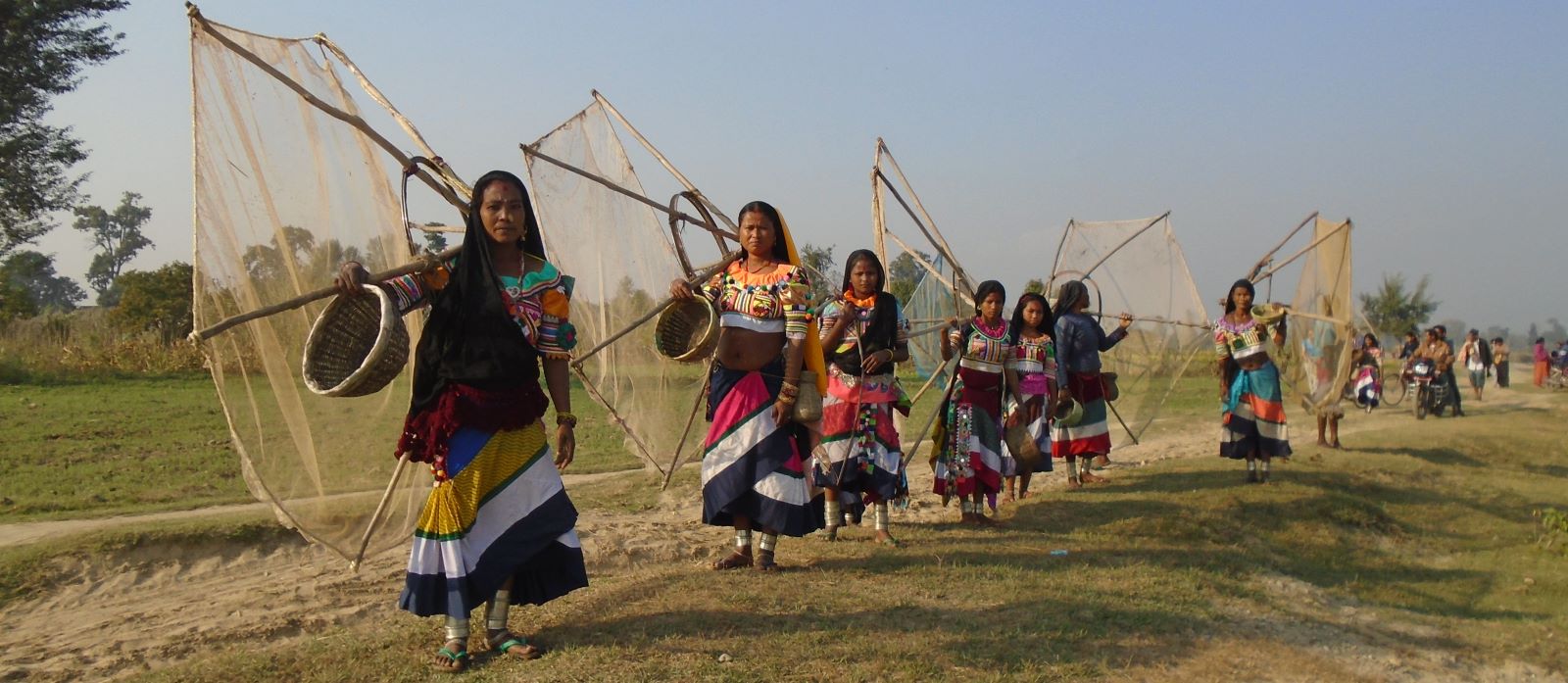
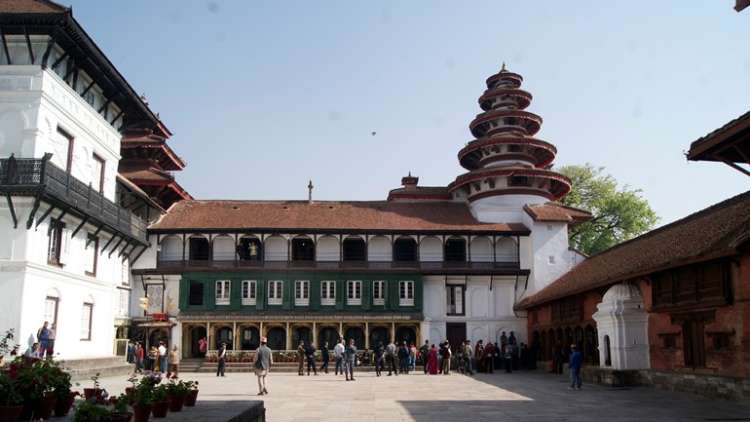
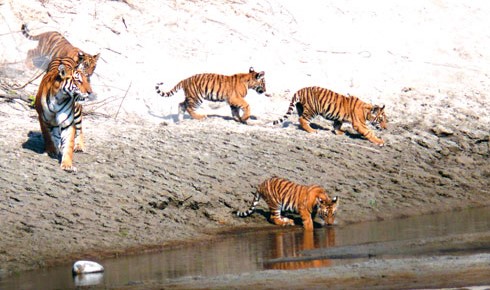
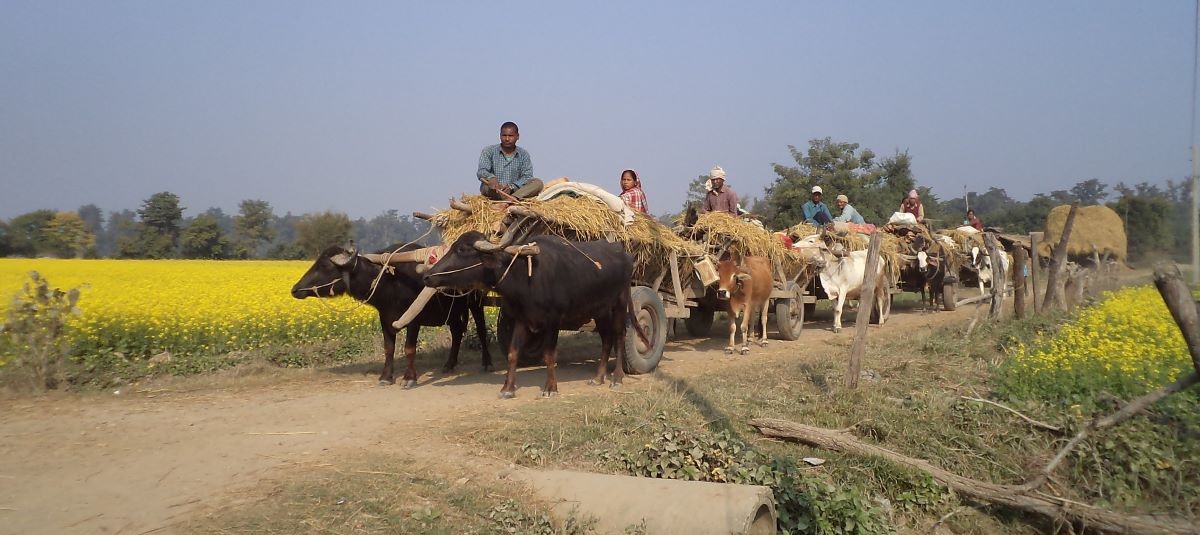
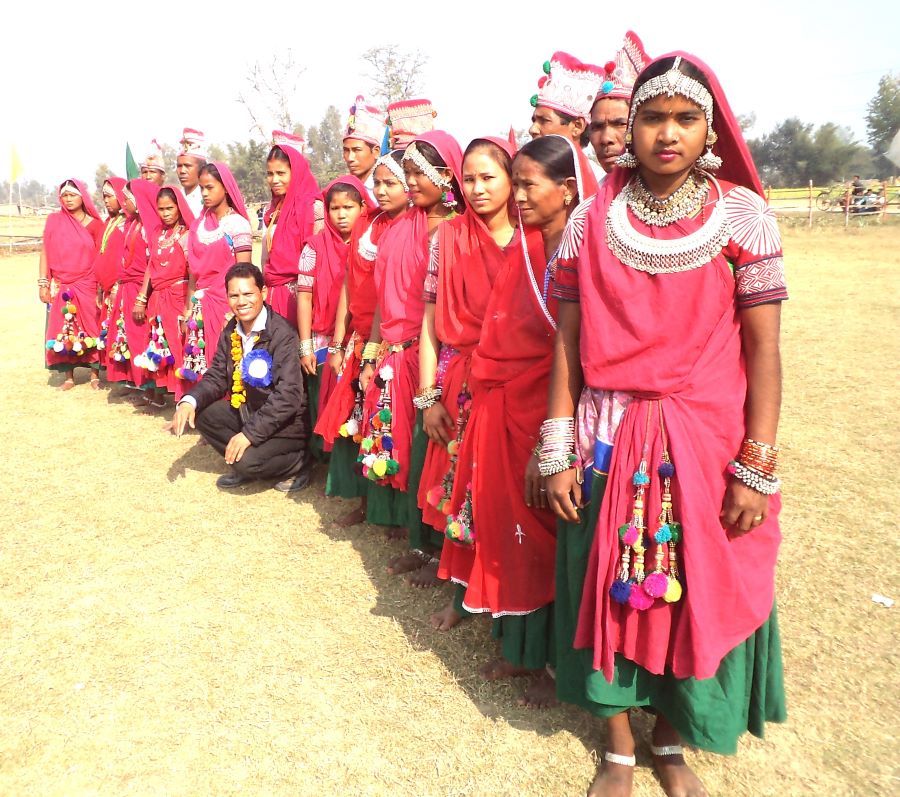
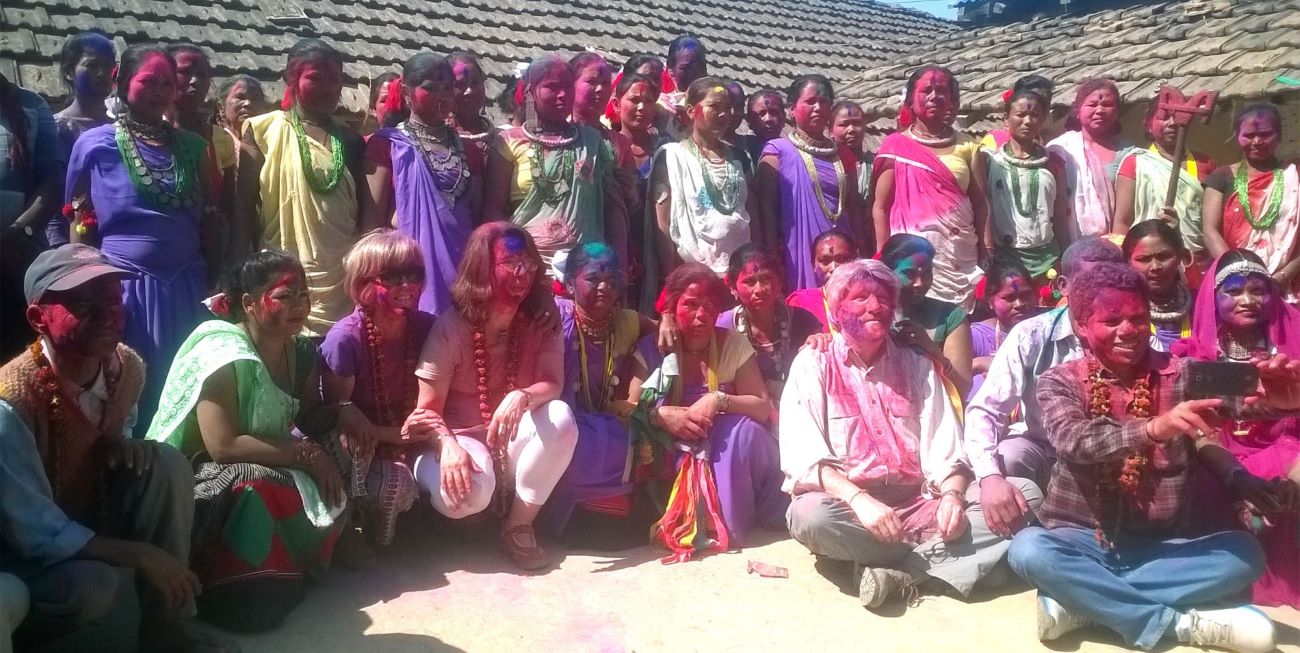
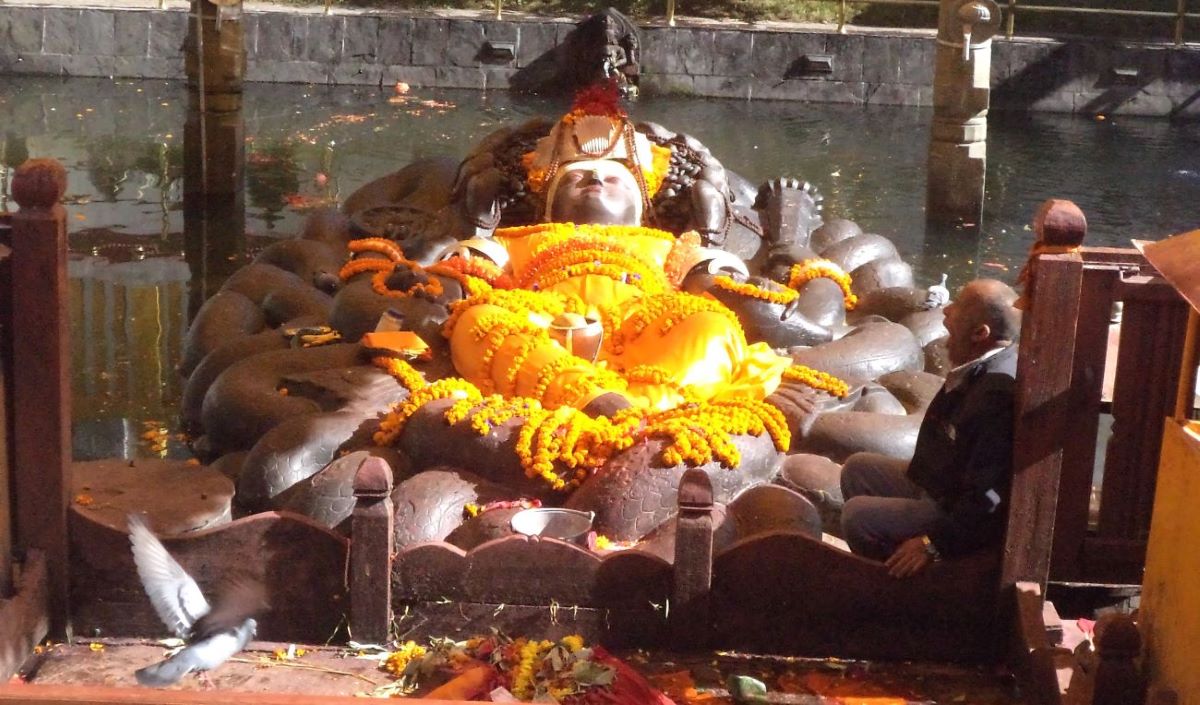
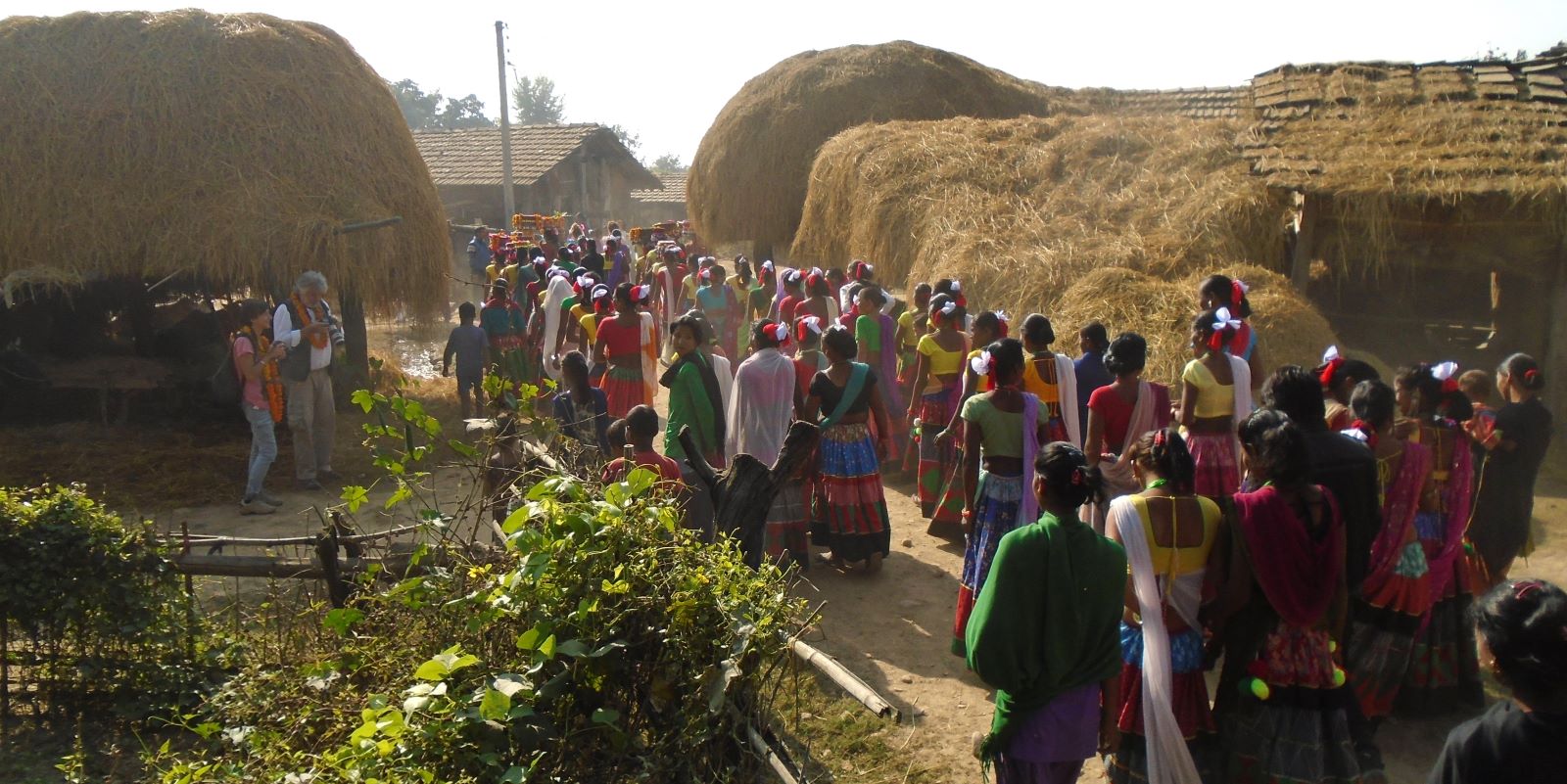
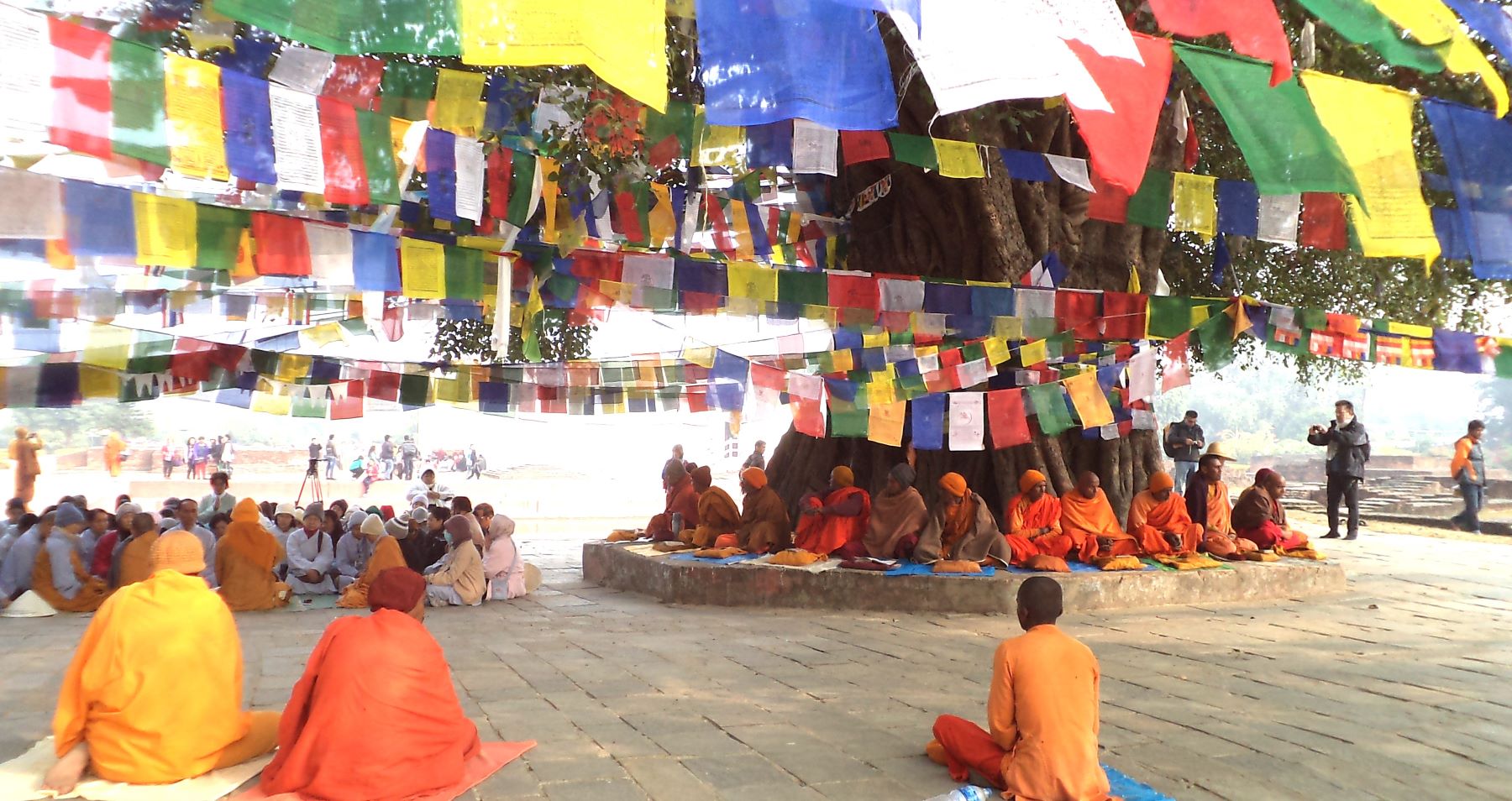
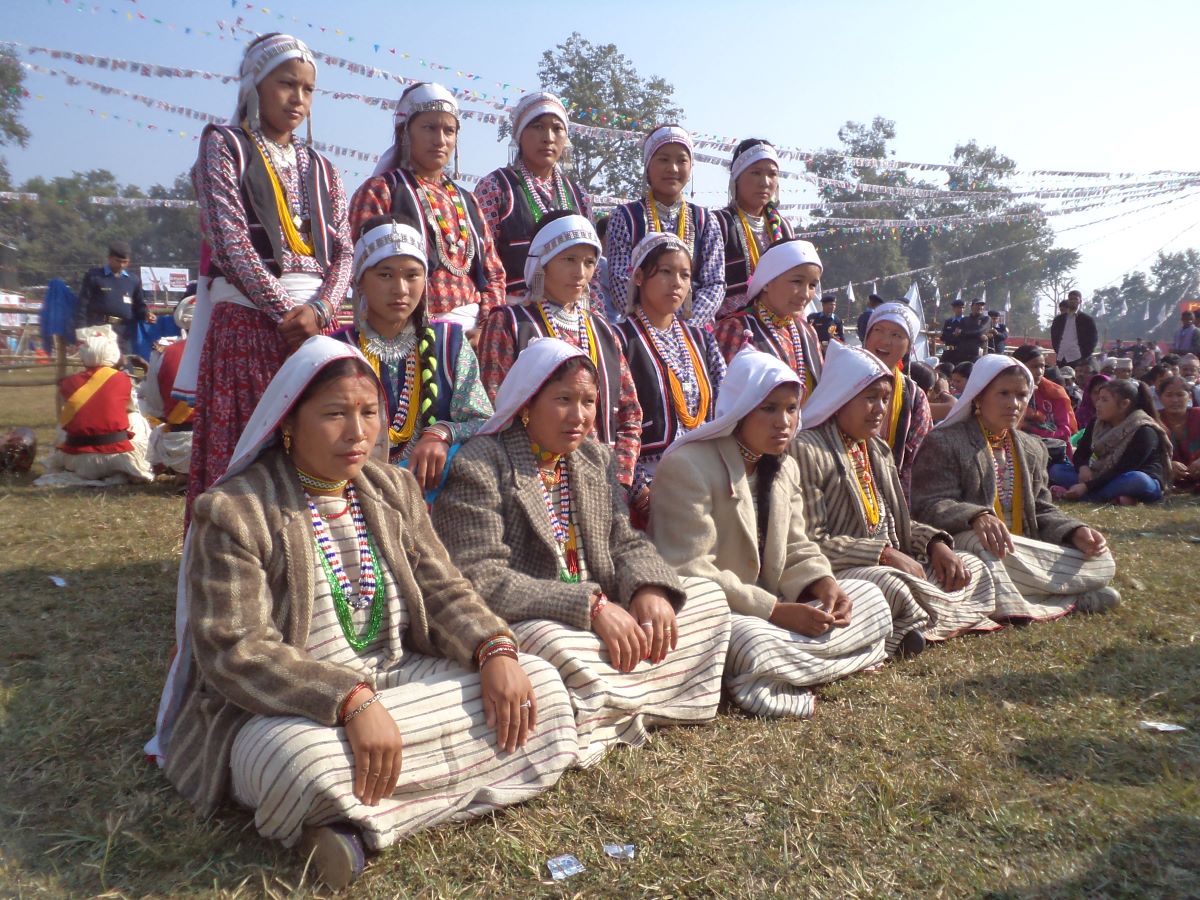
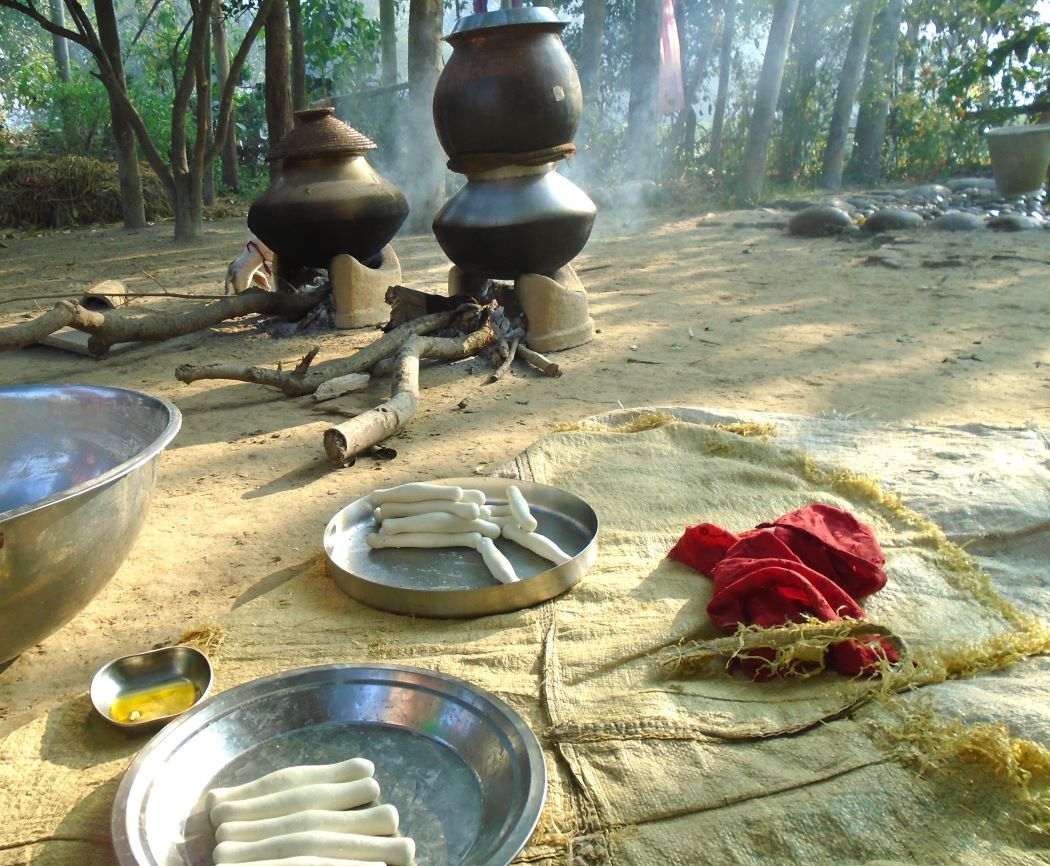
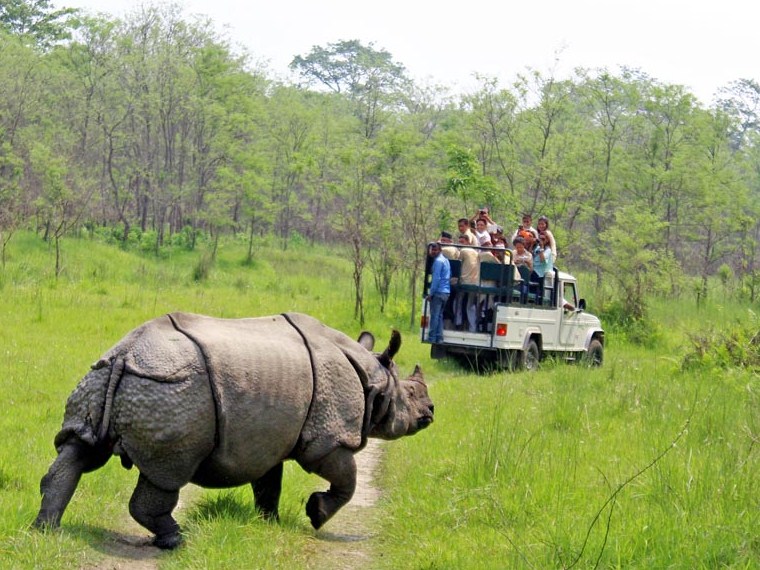
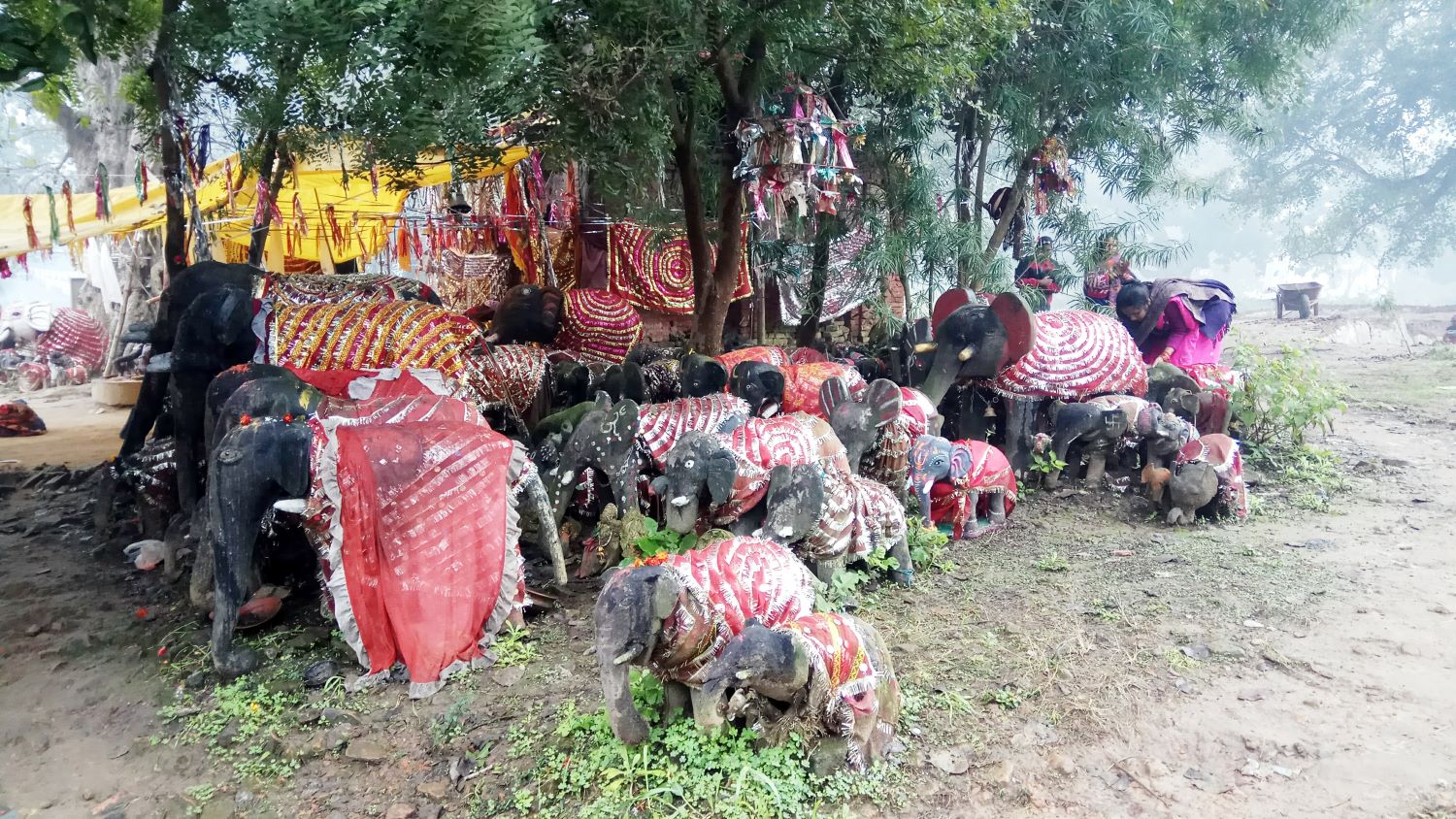
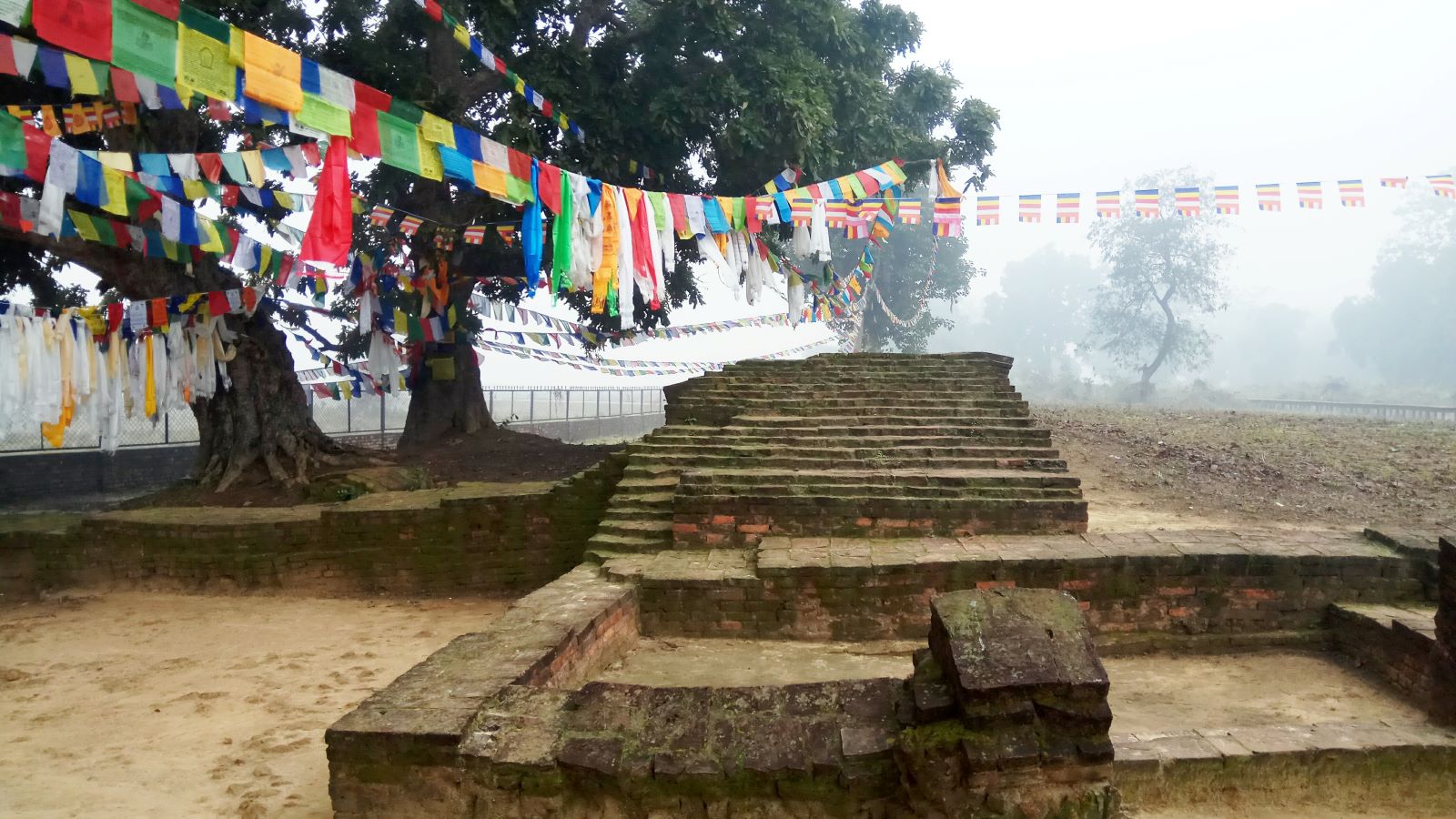
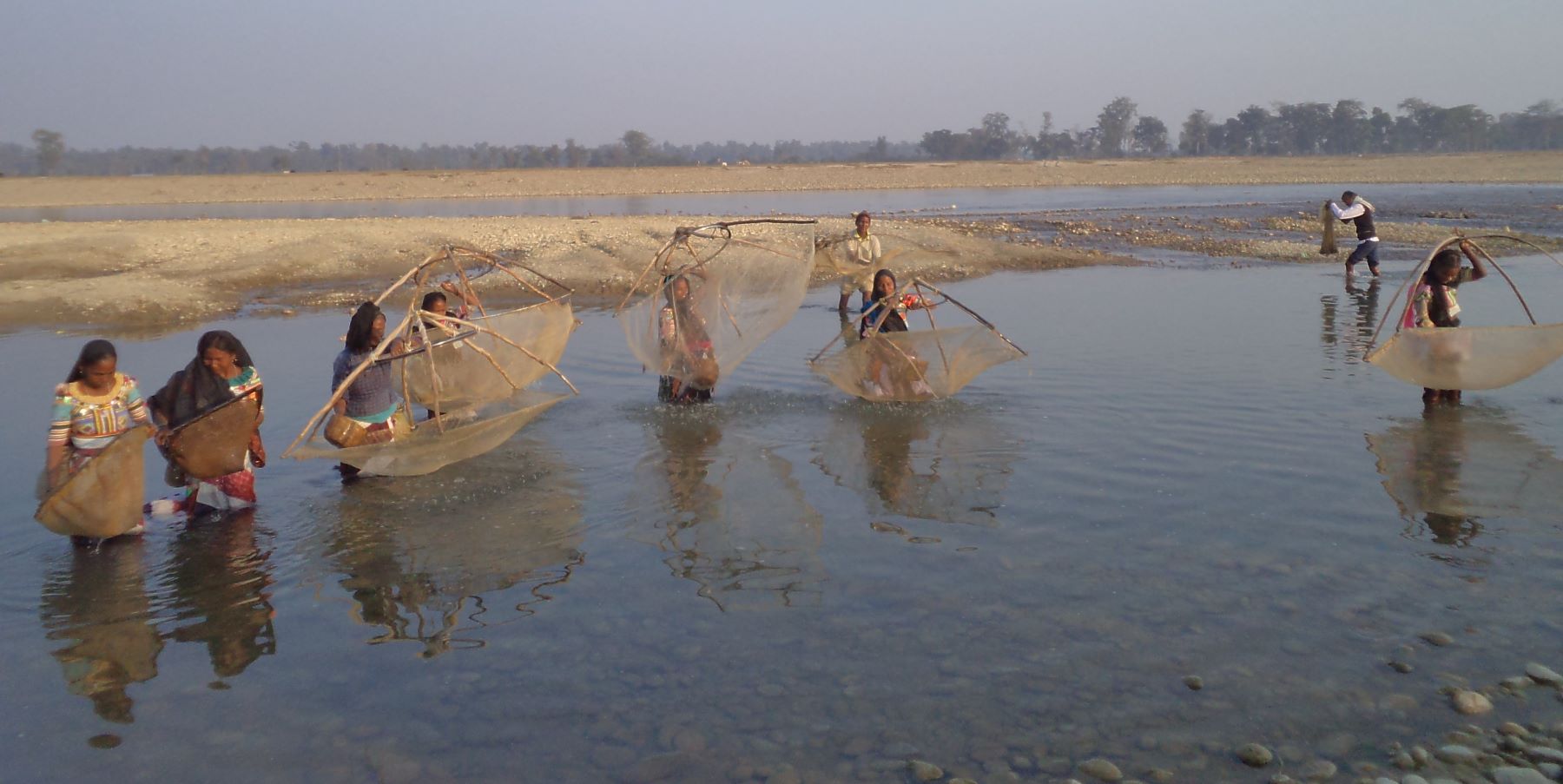
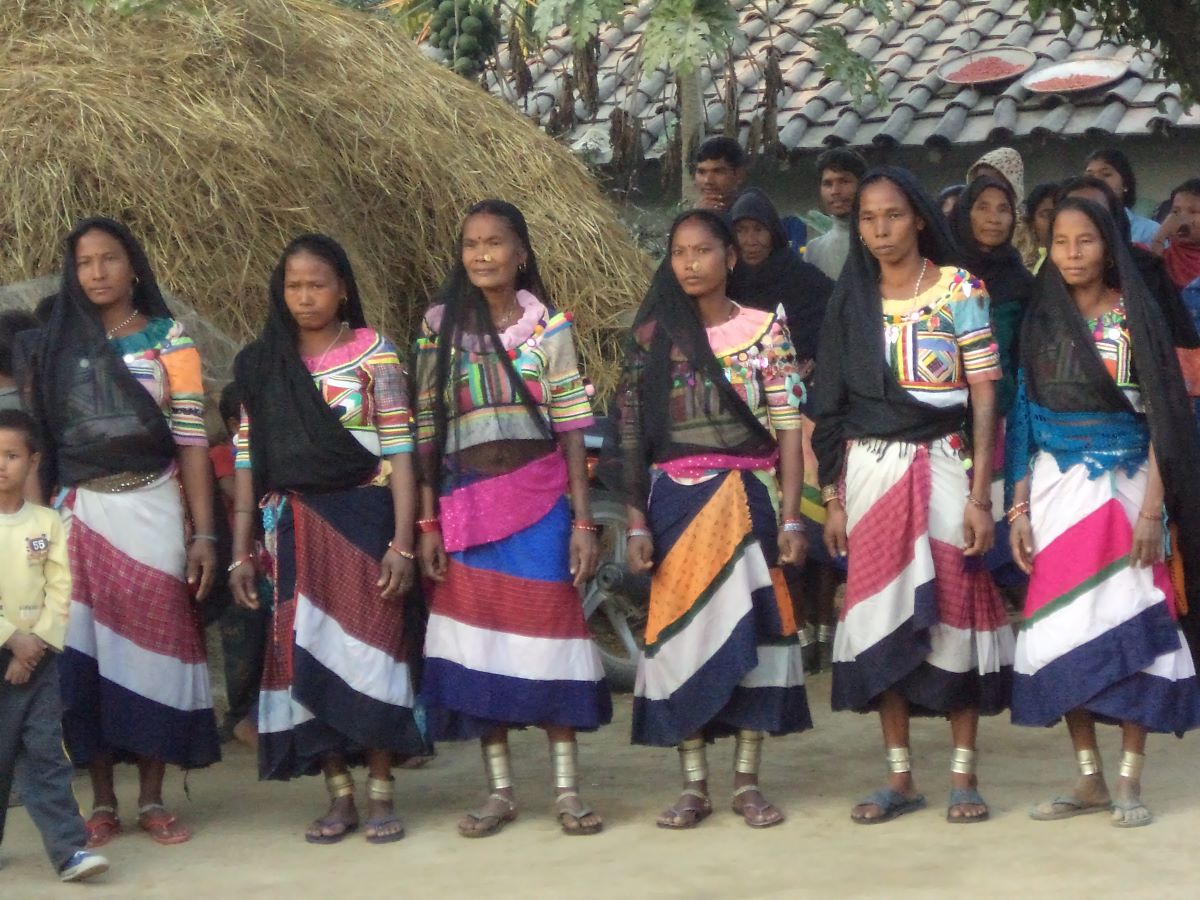
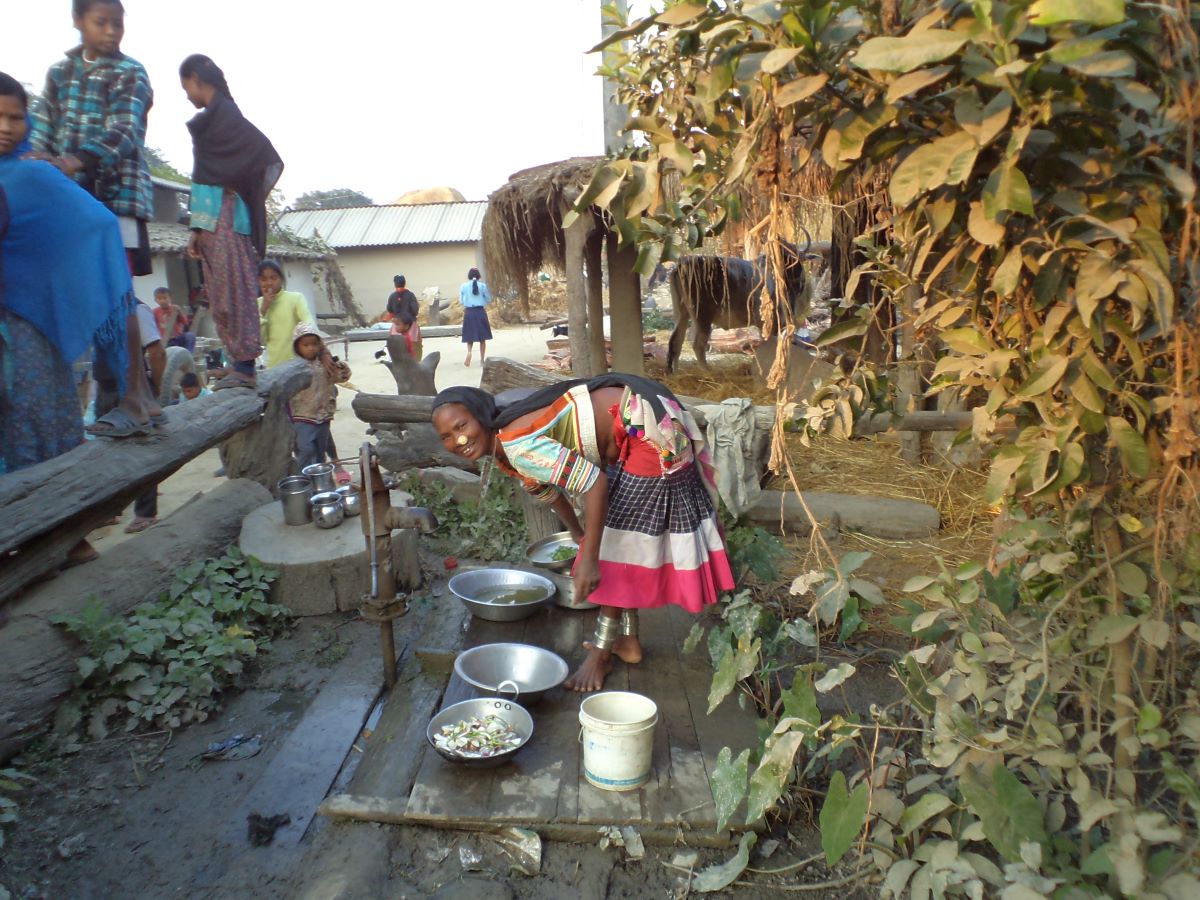
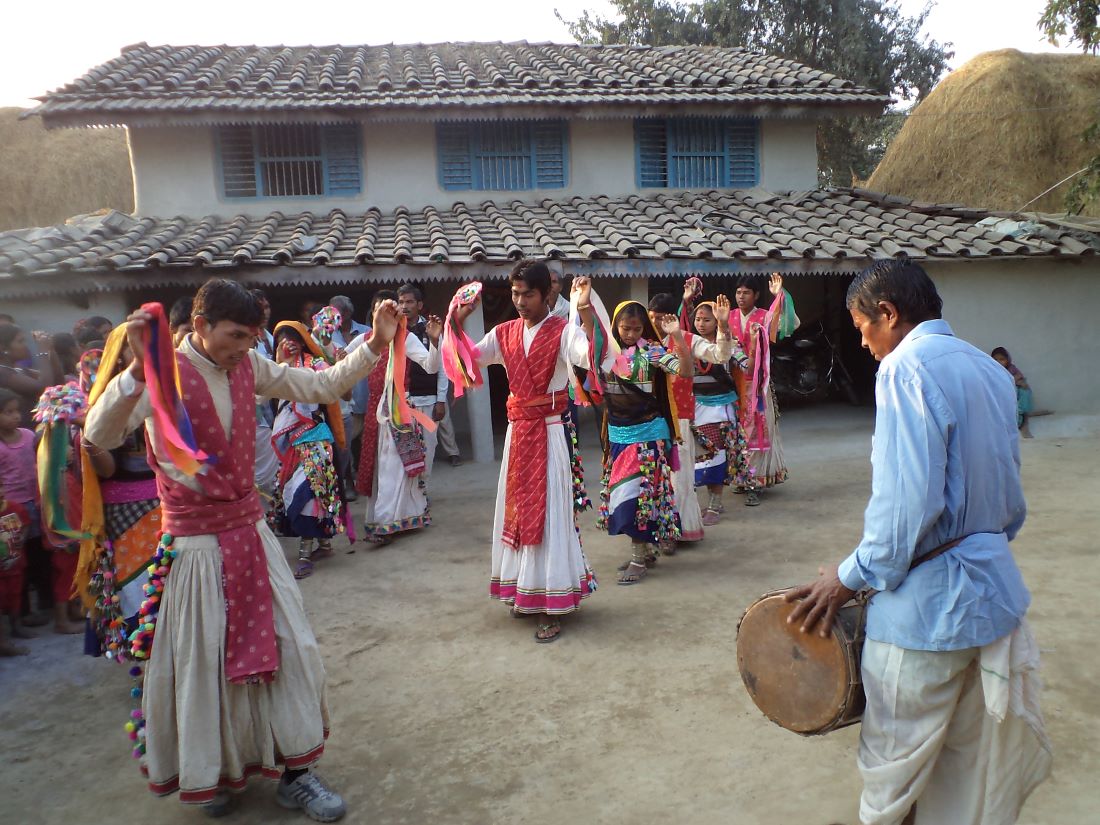
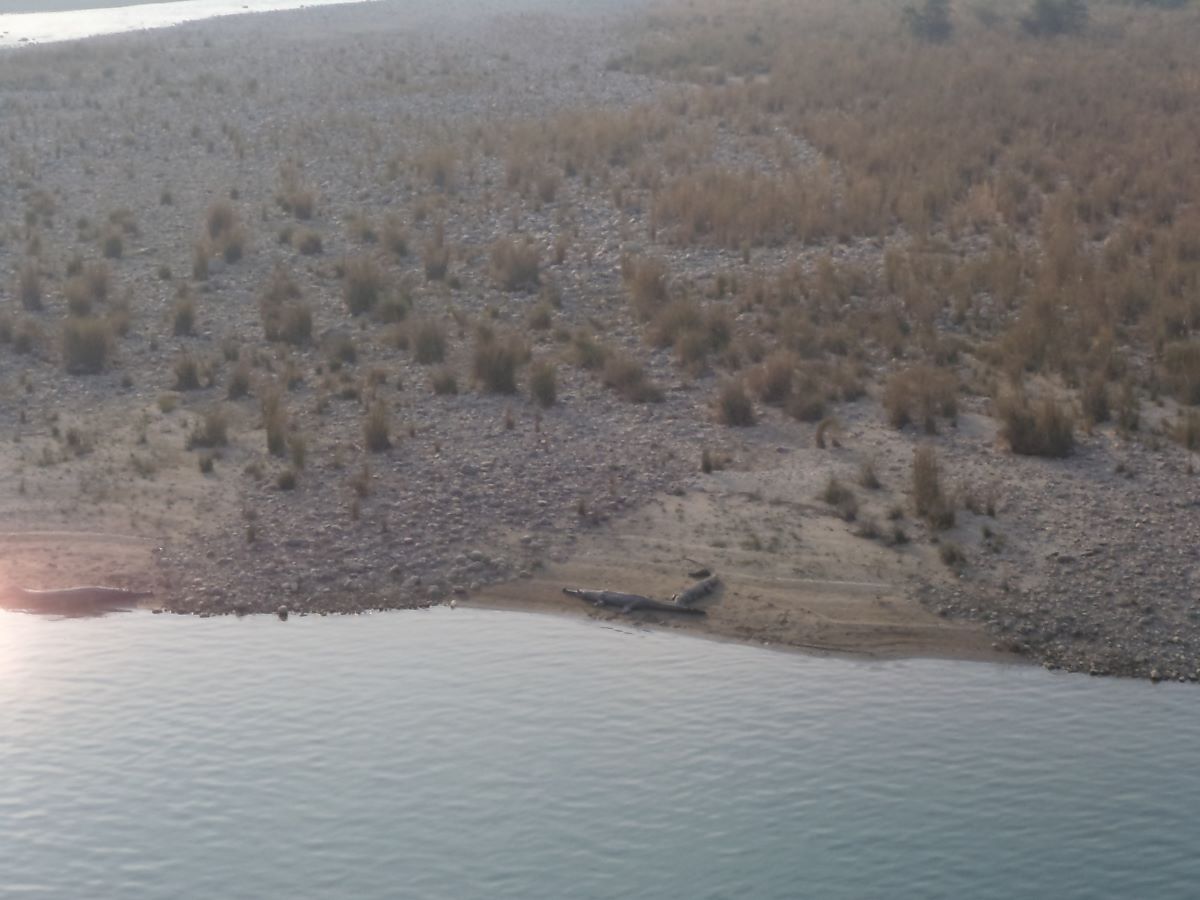
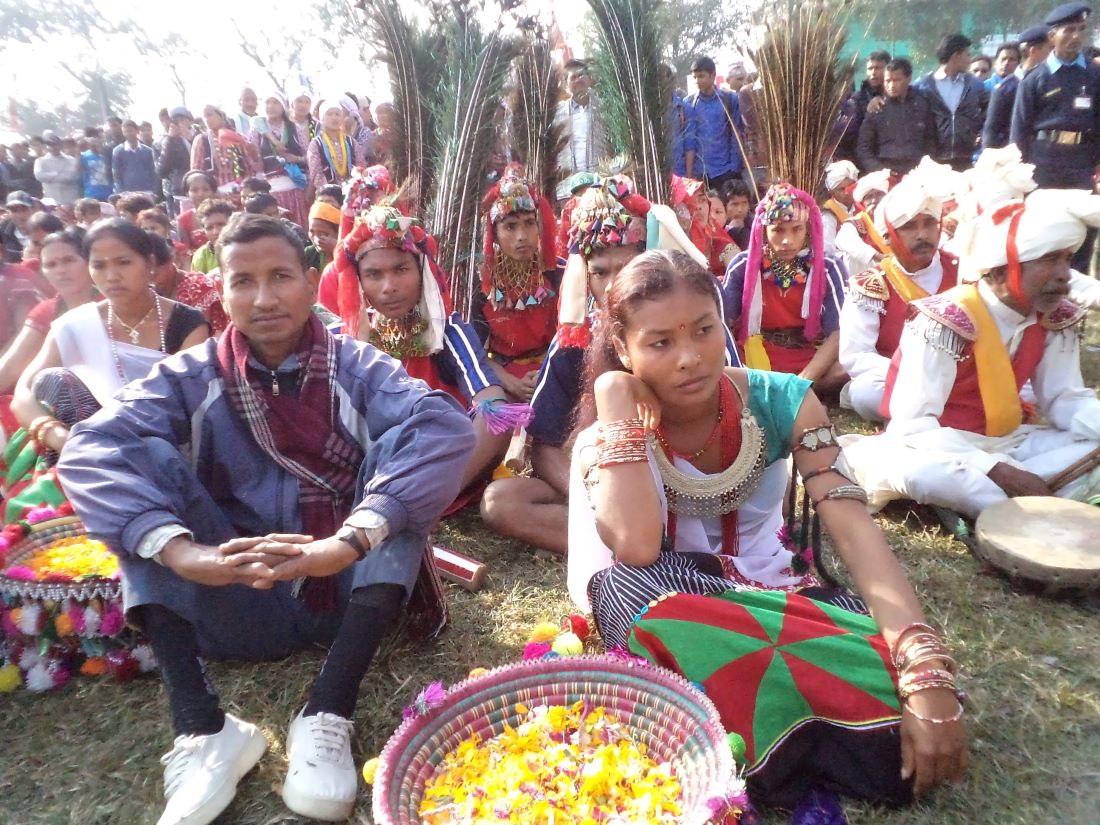
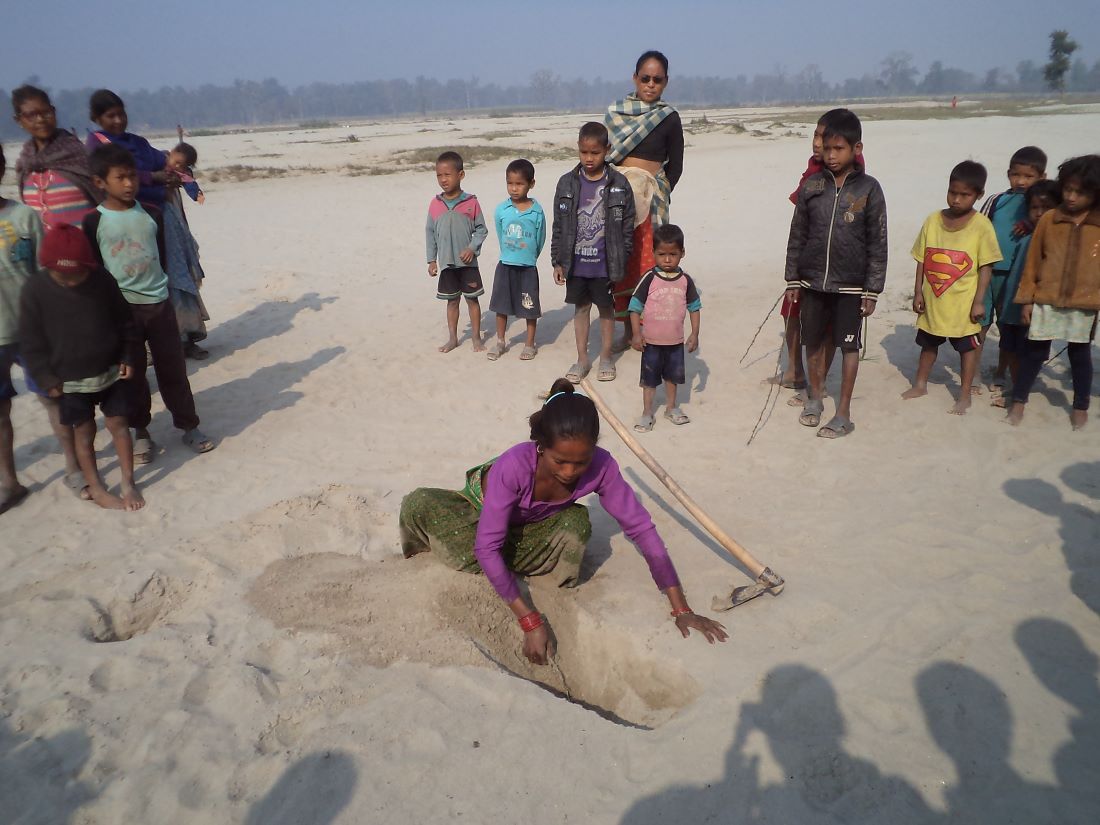
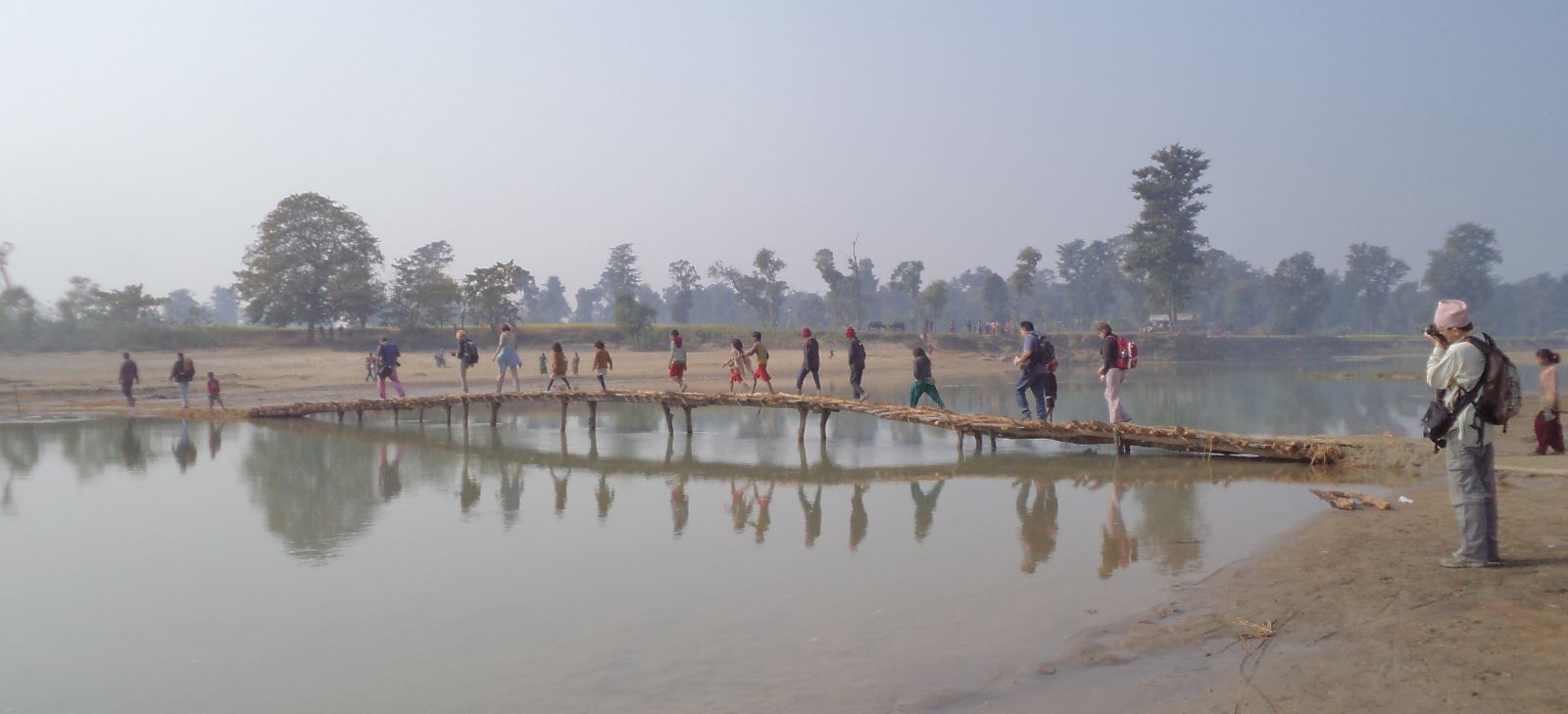

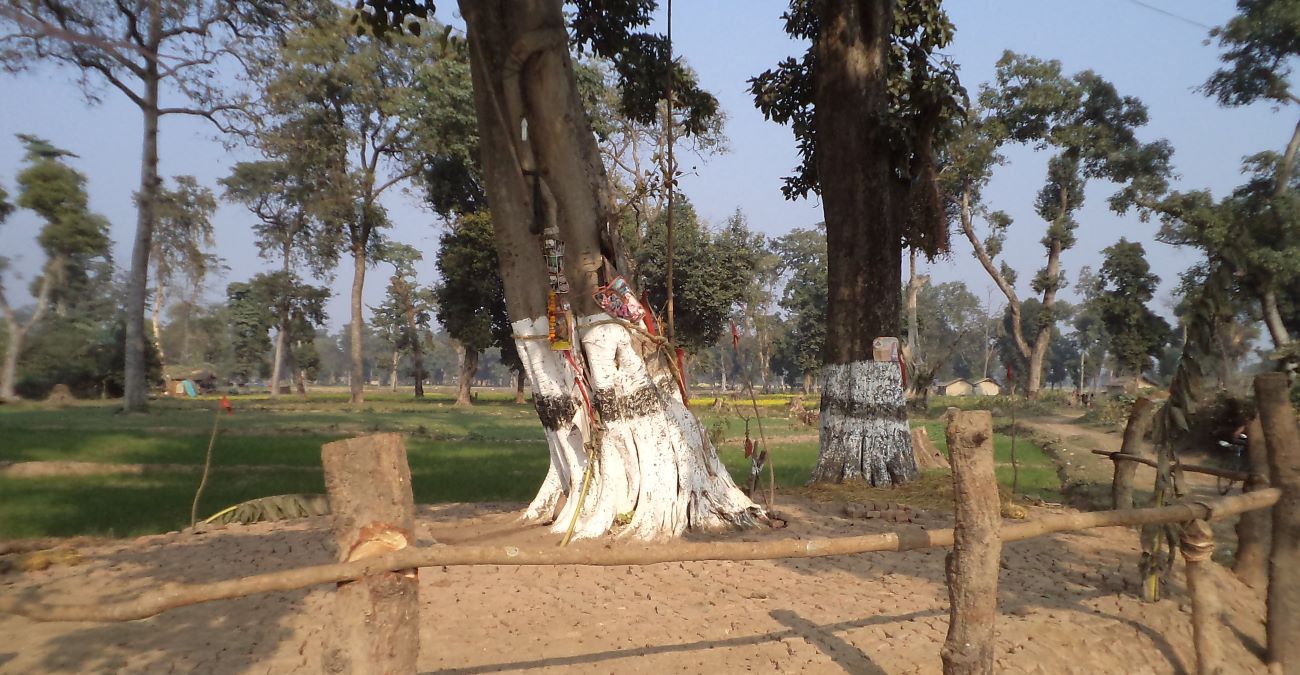
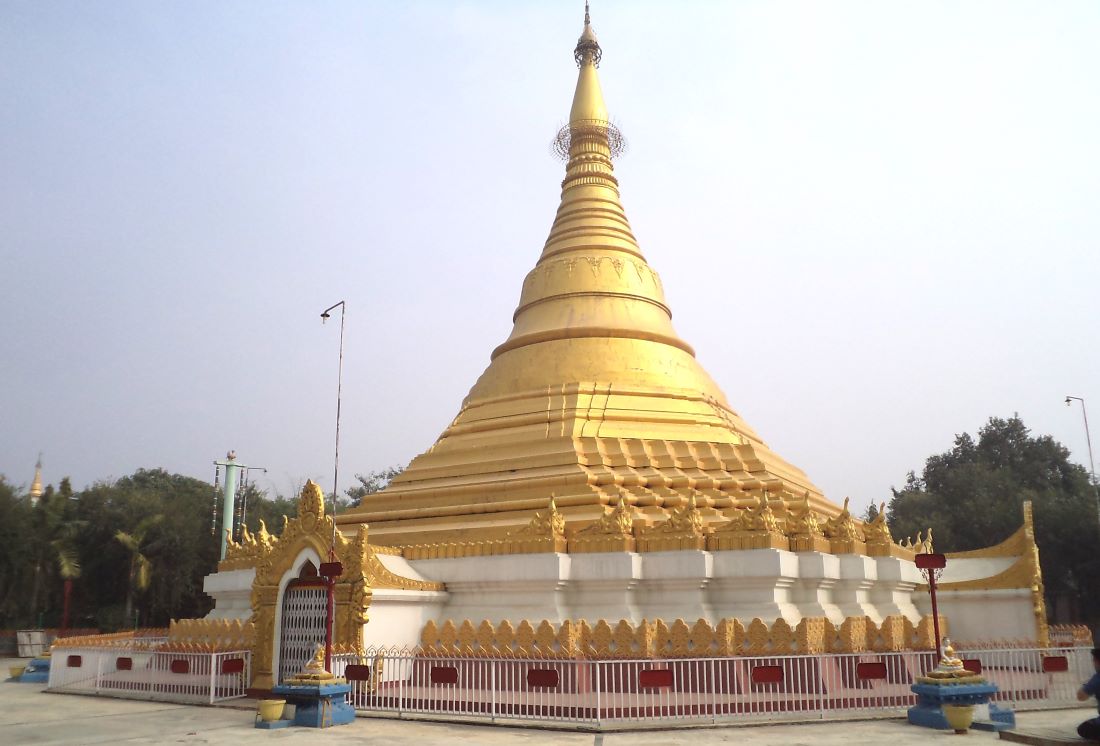
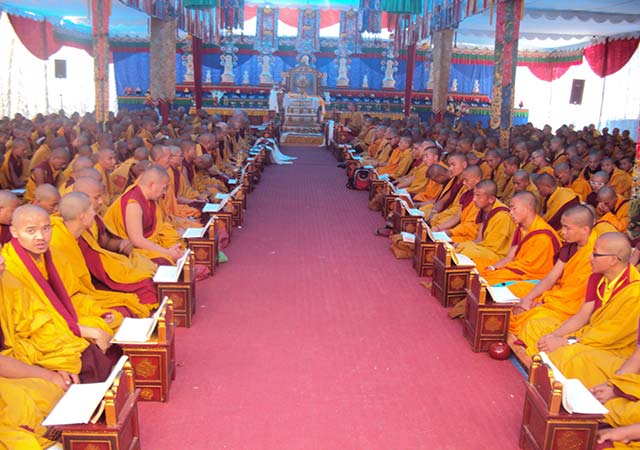
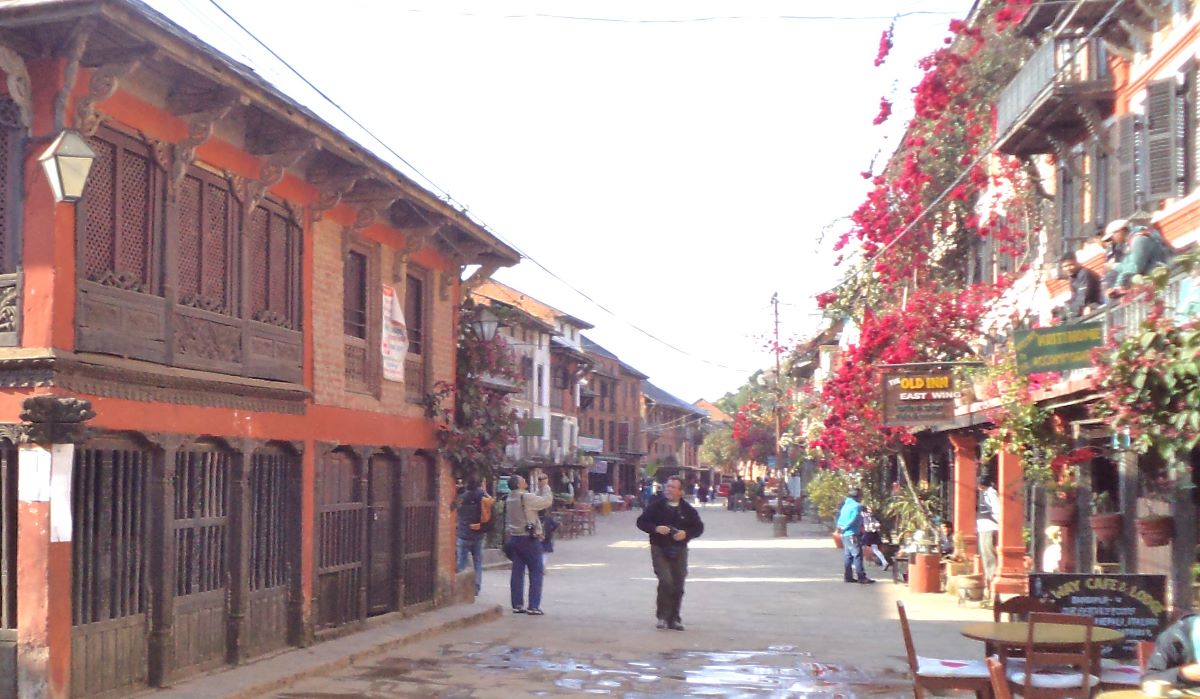
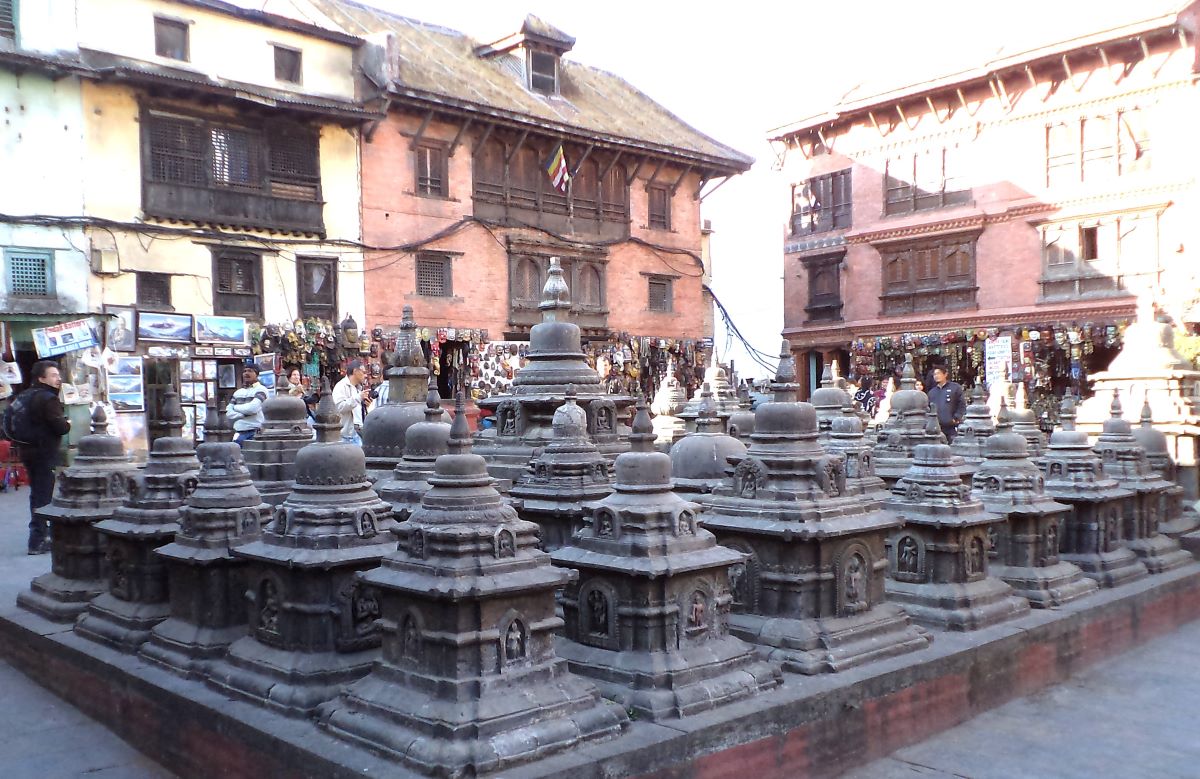
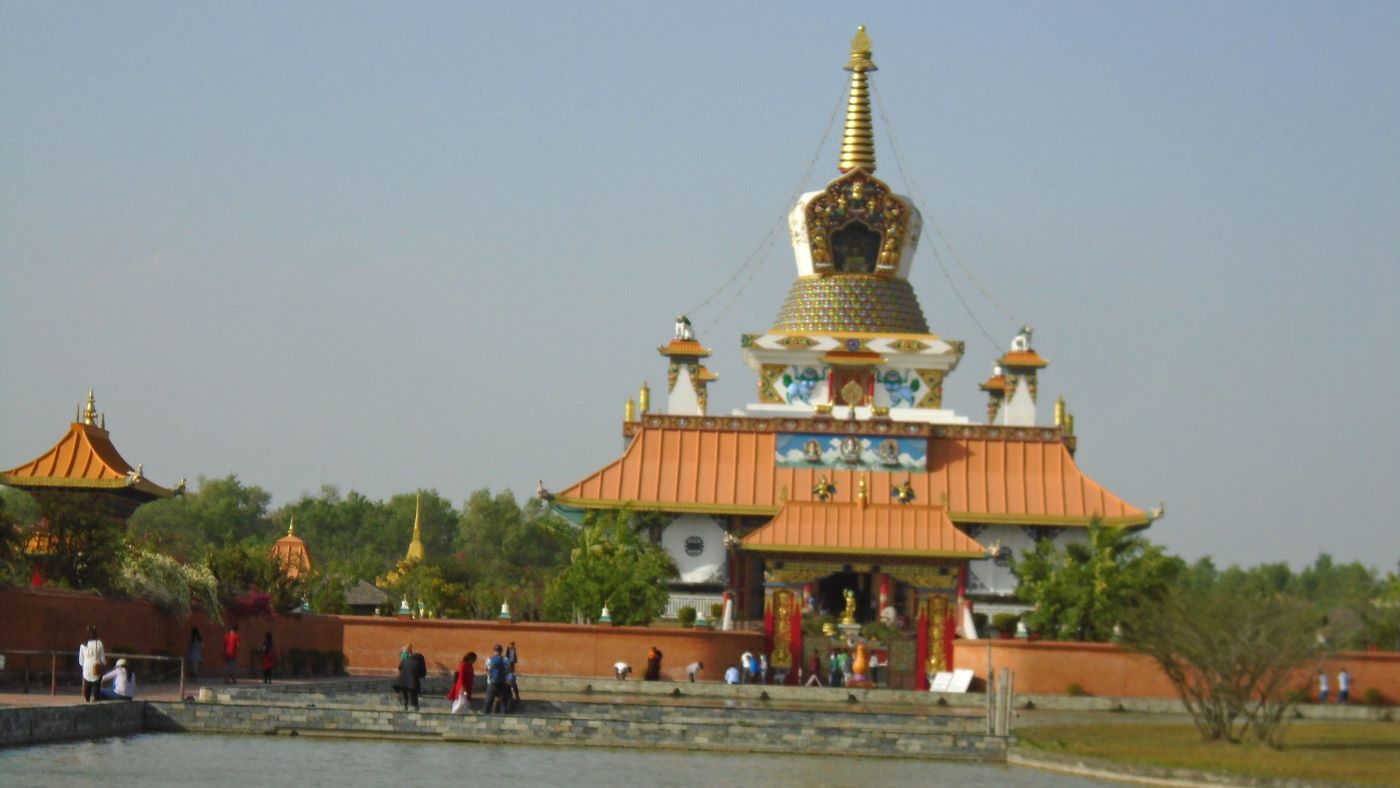
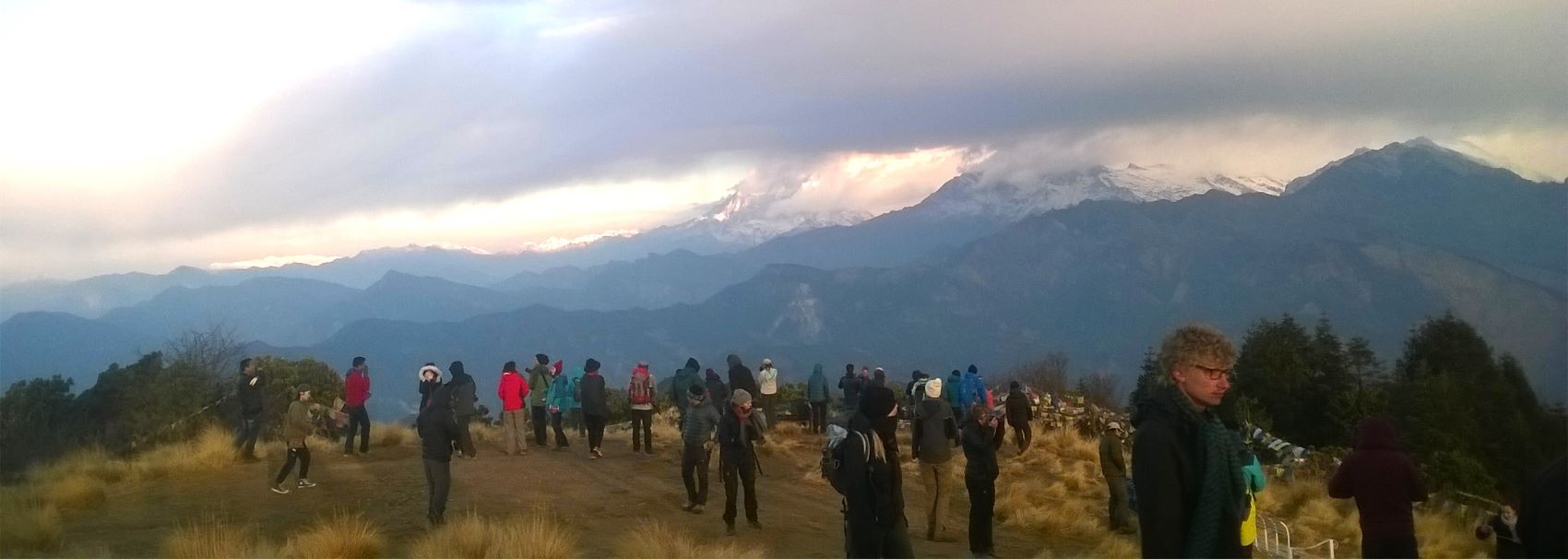
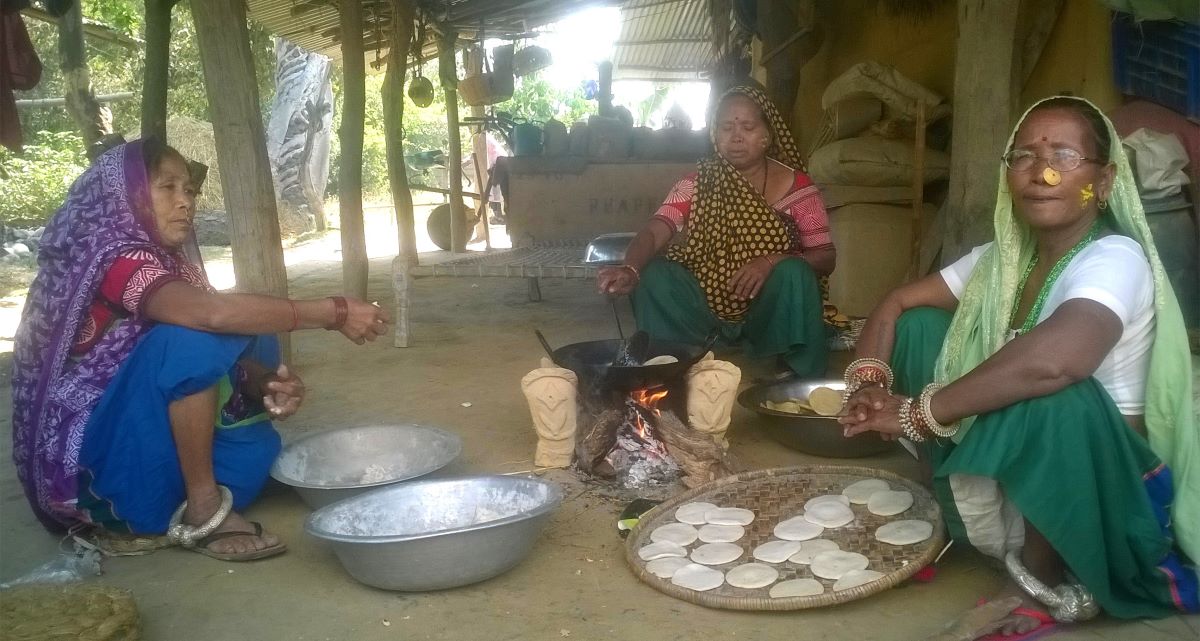
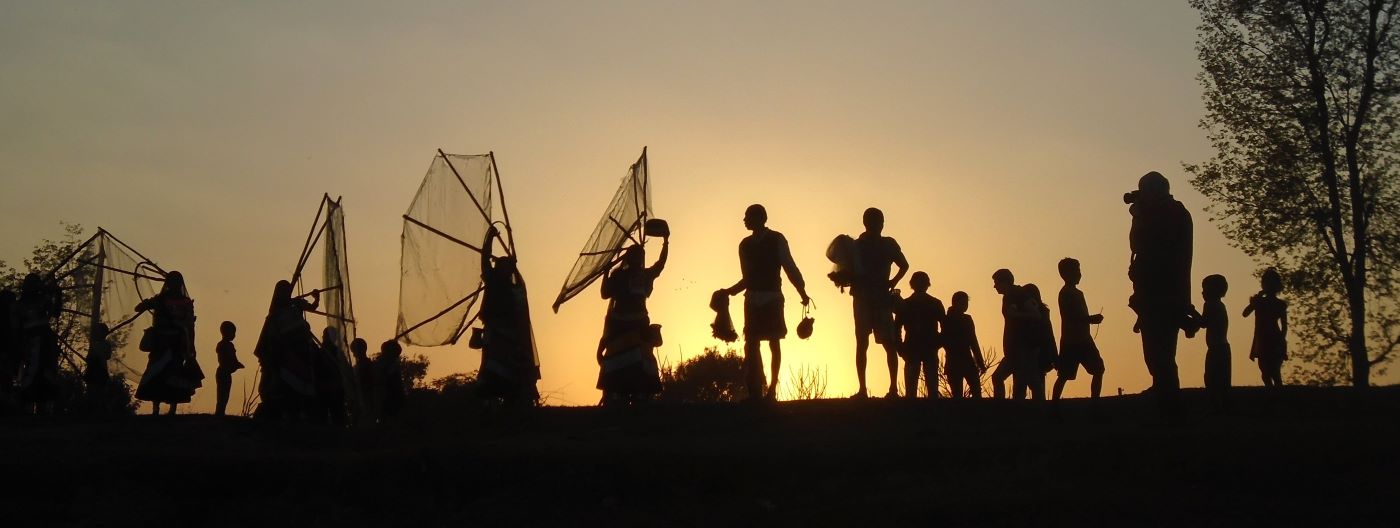
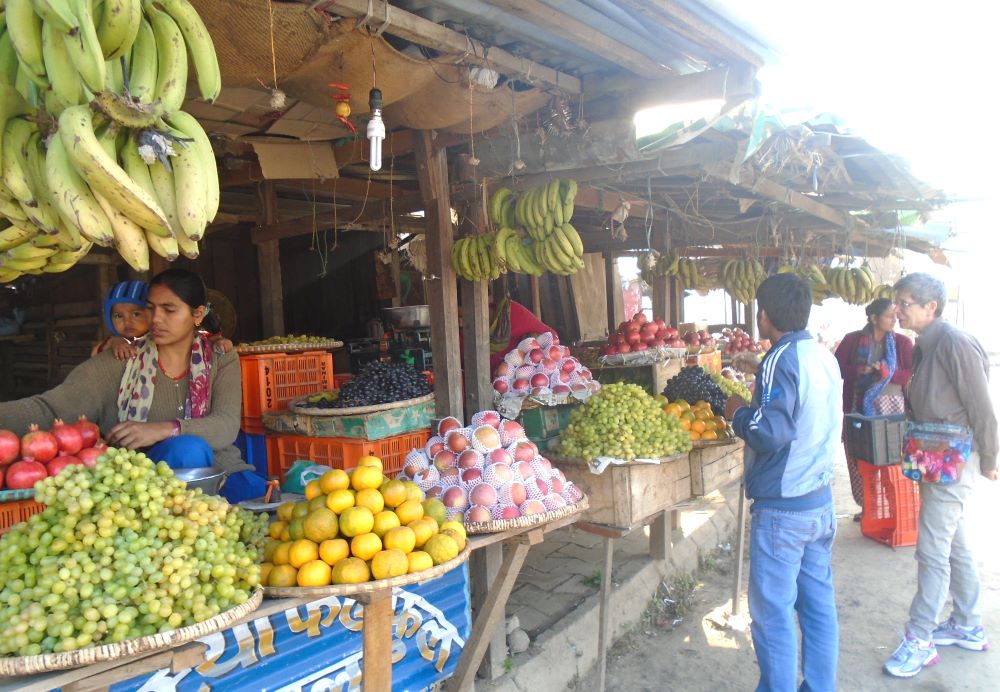
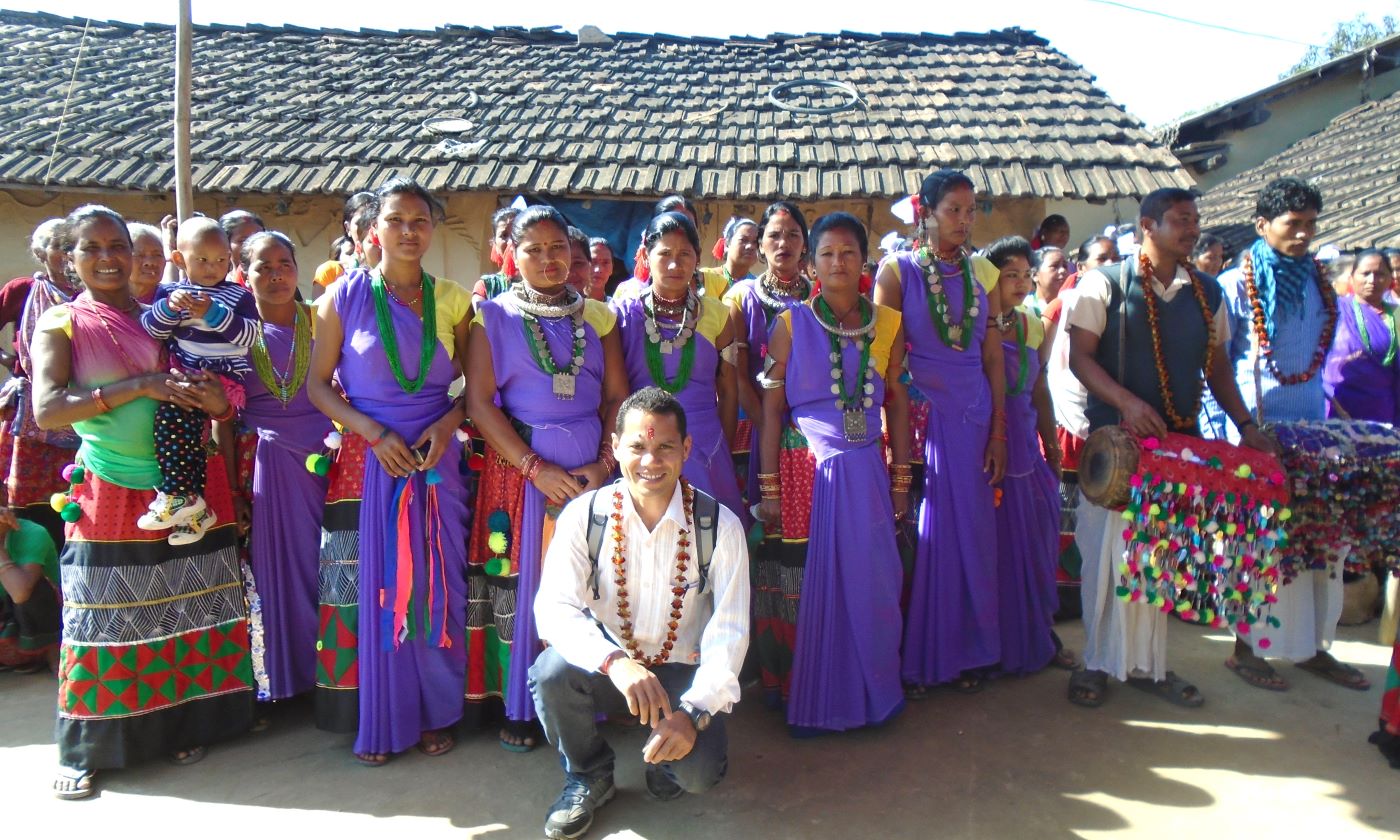
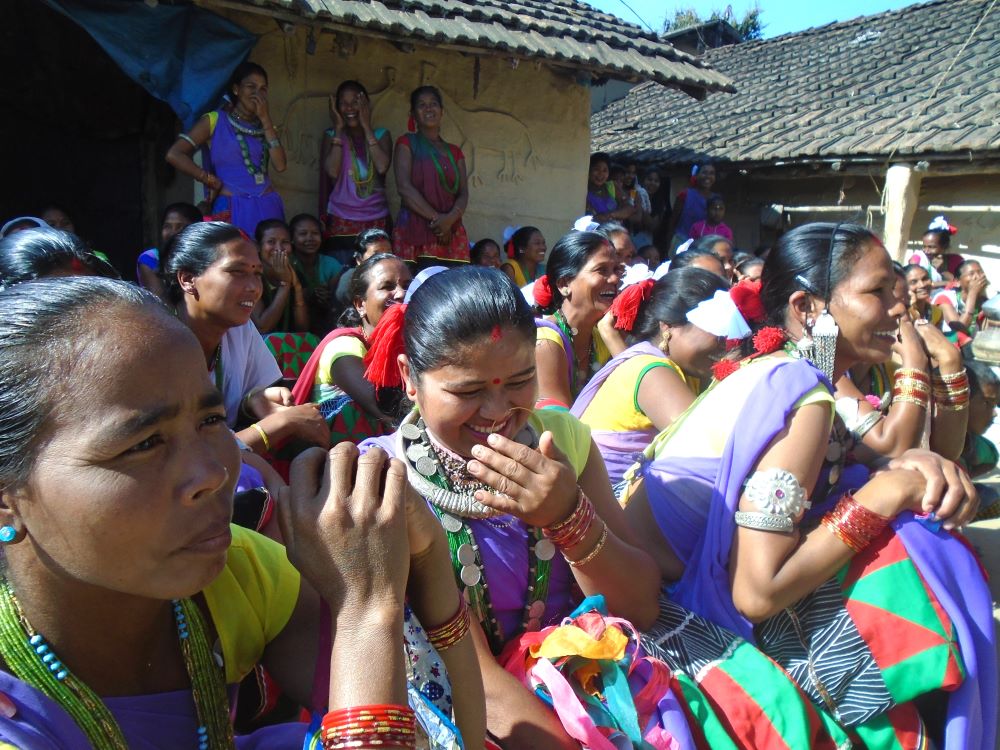
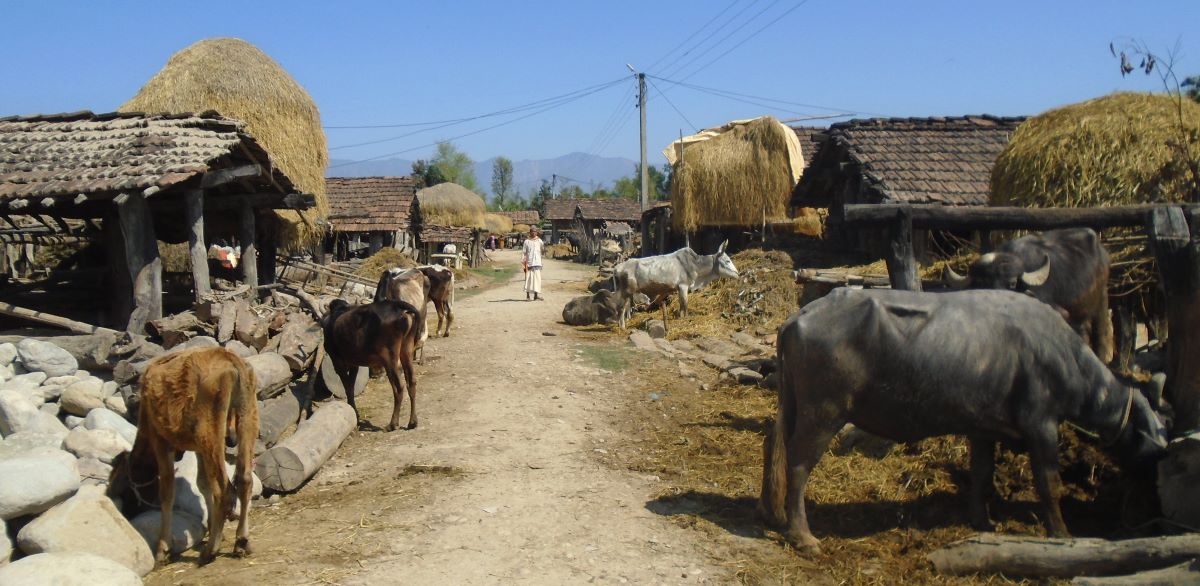
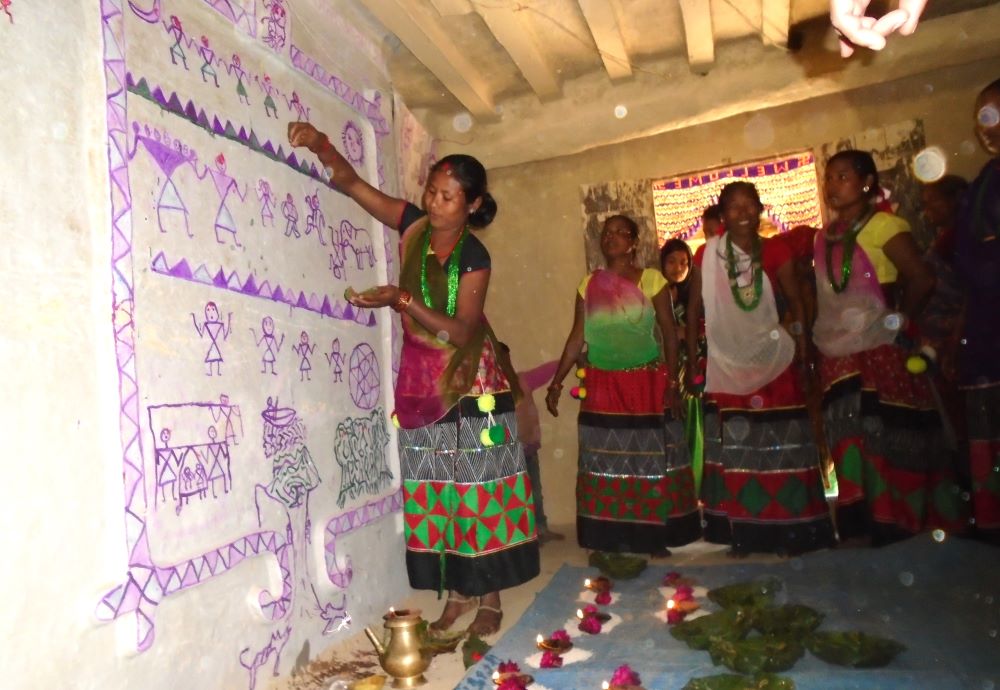
Destination
Activity
Start/End Point
Duration
Grade
Season
Group Size
Hotel/Accomdation
Highest Elevation